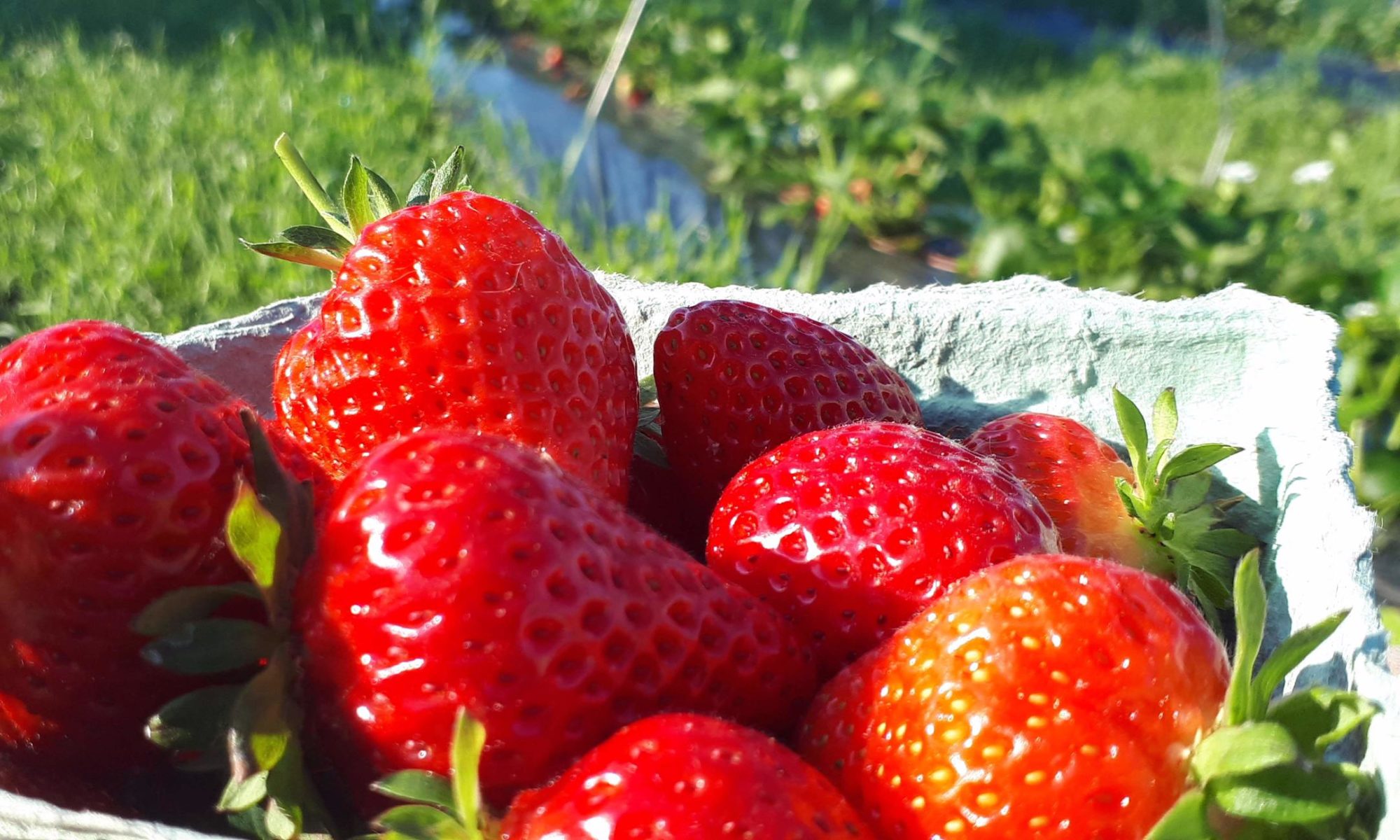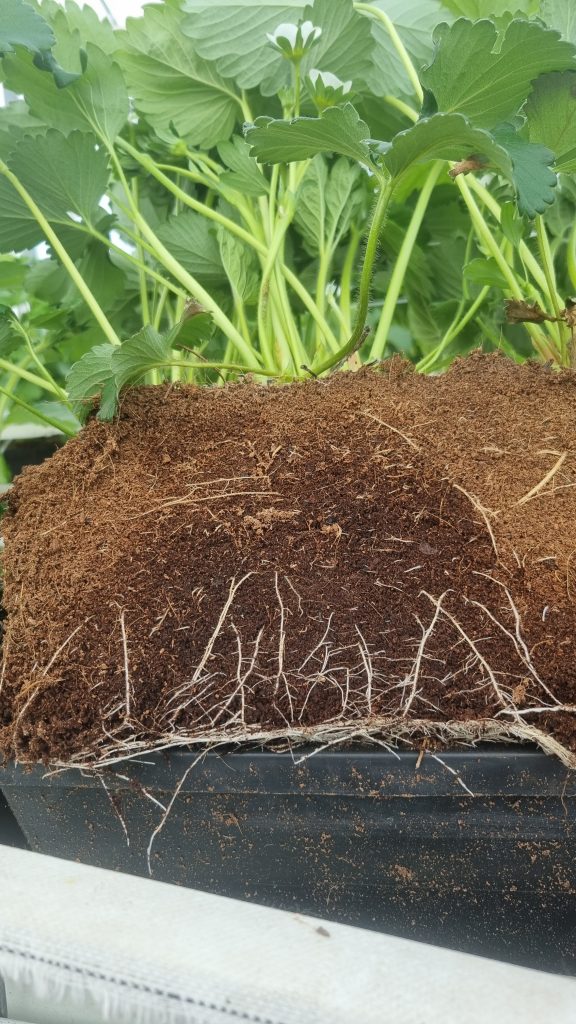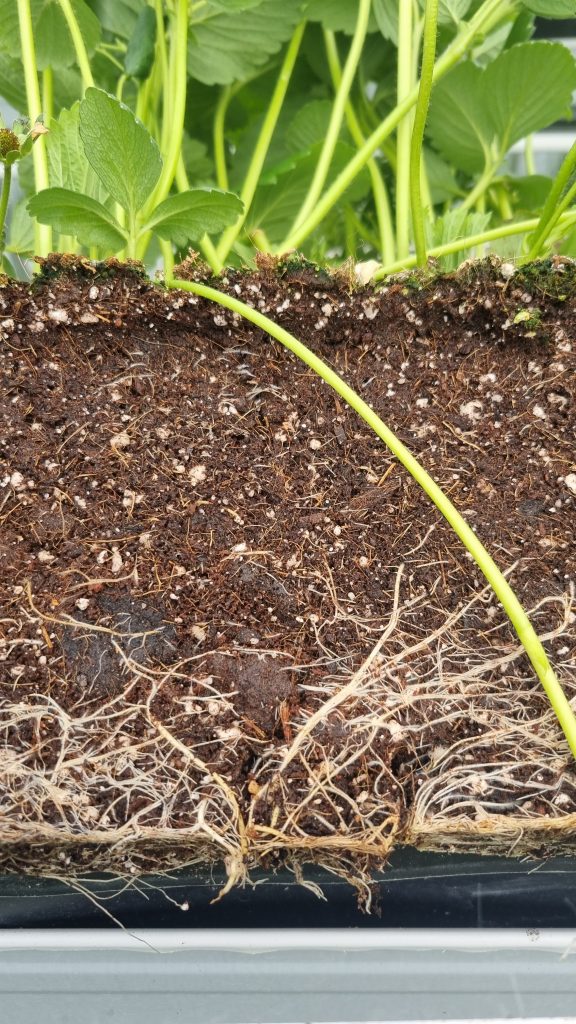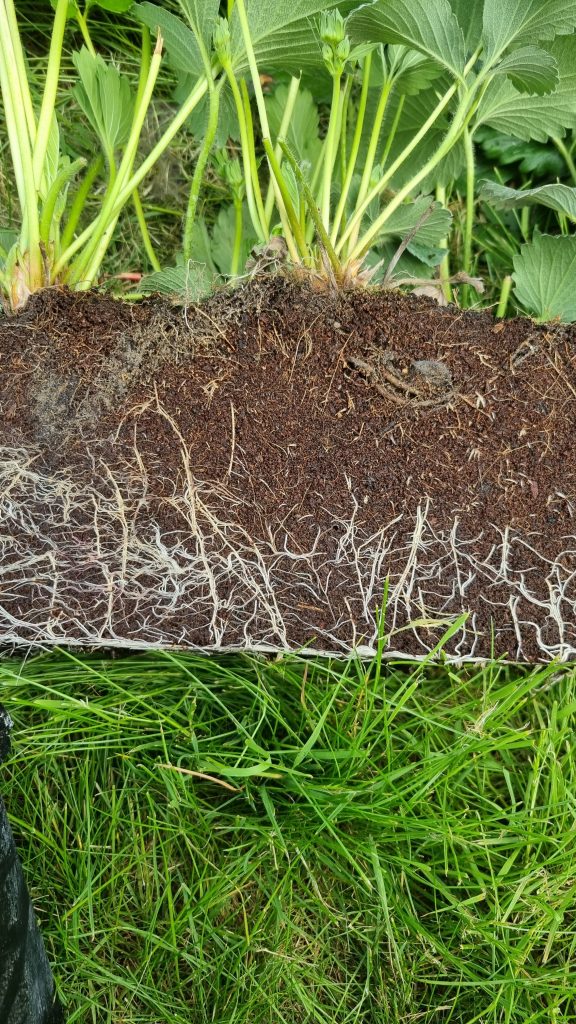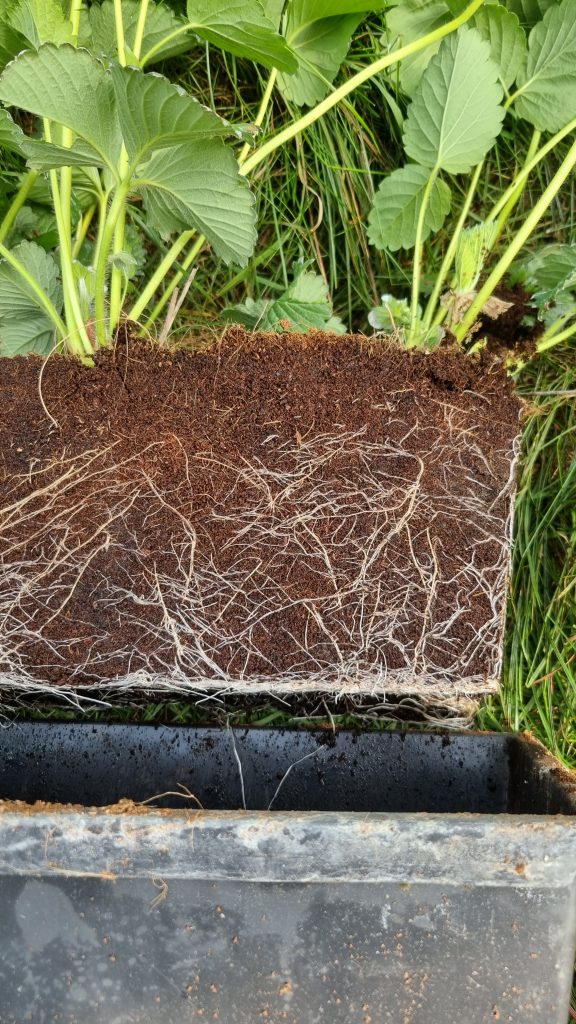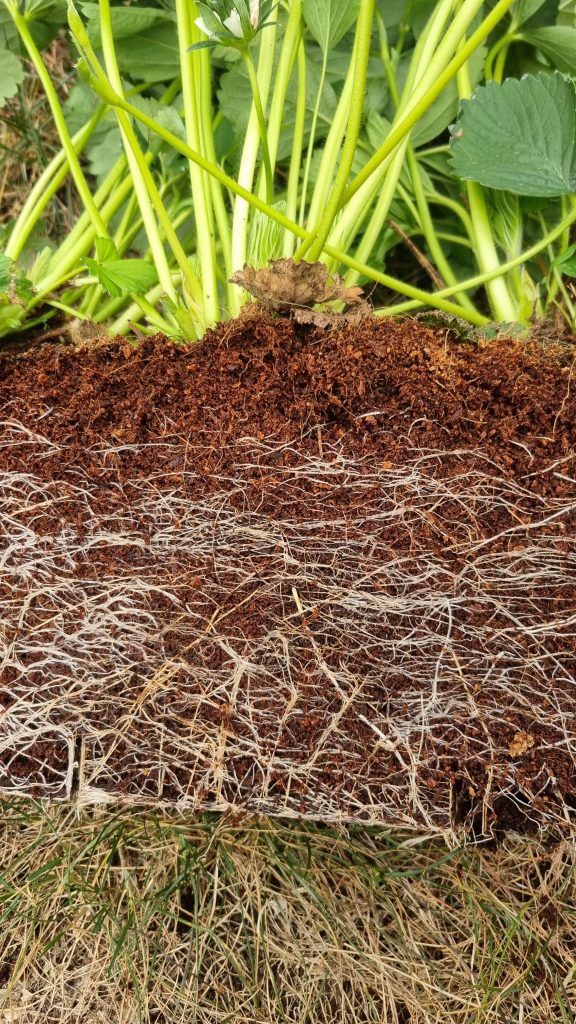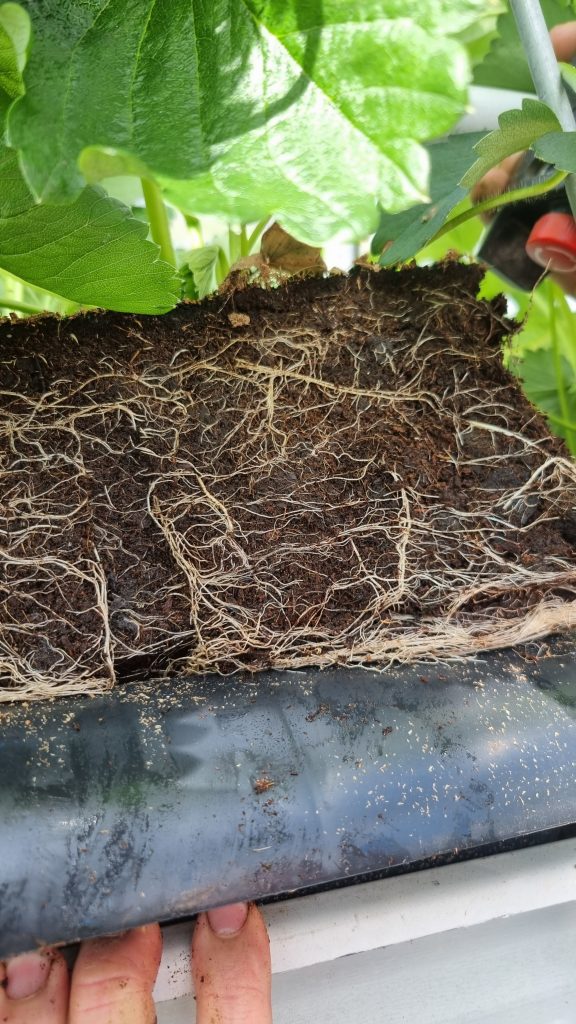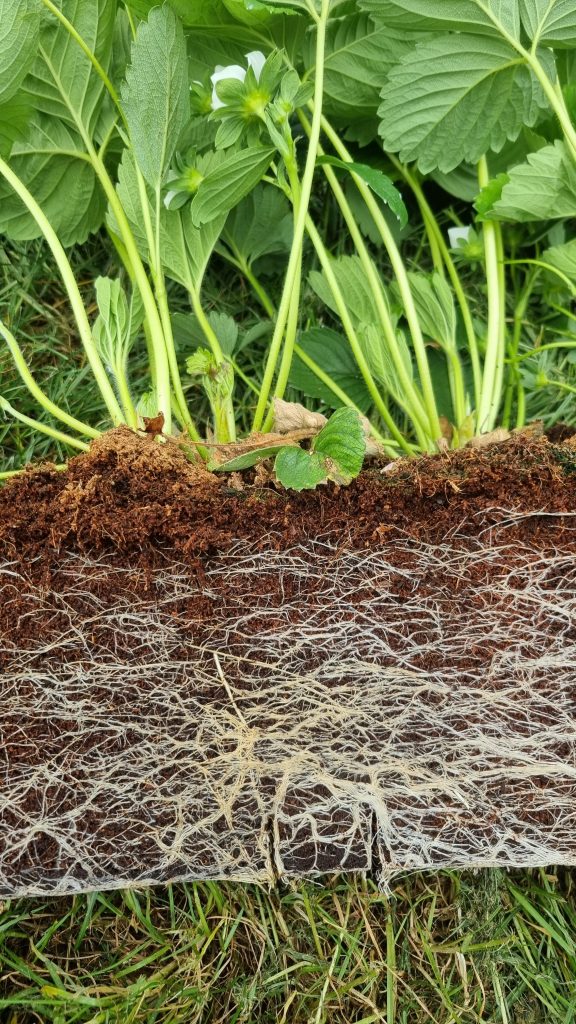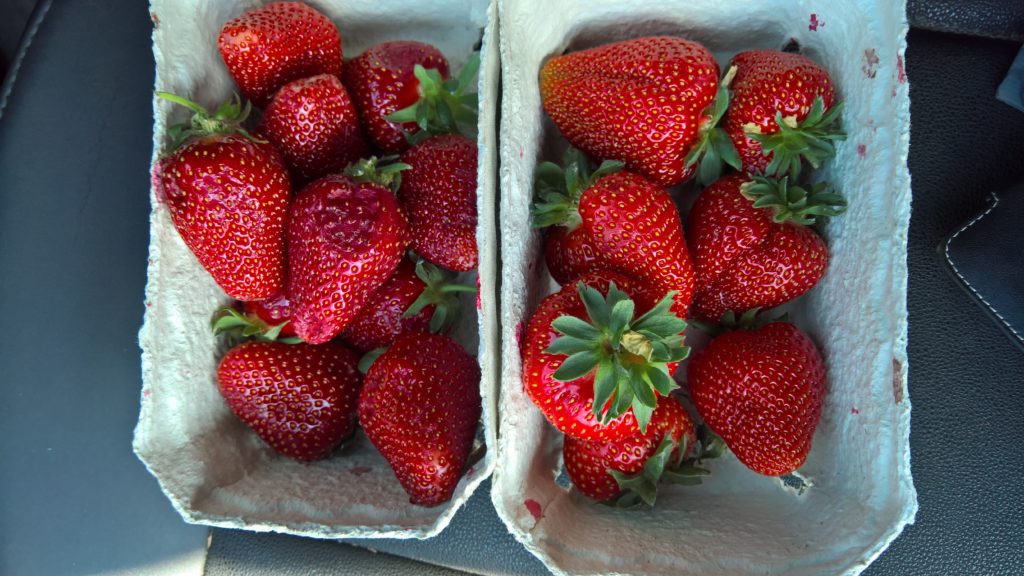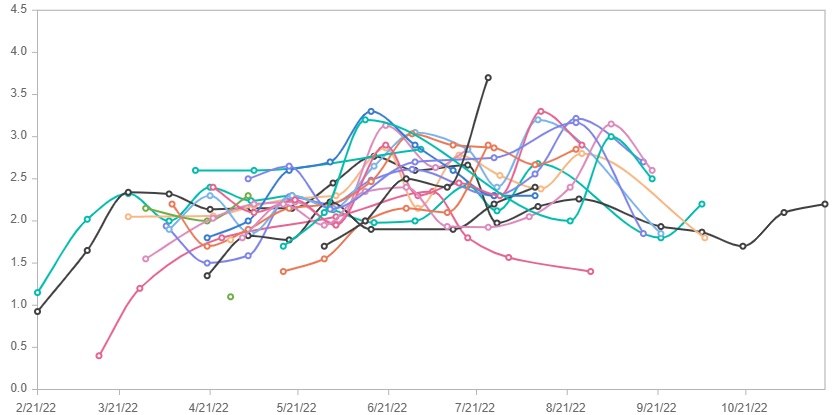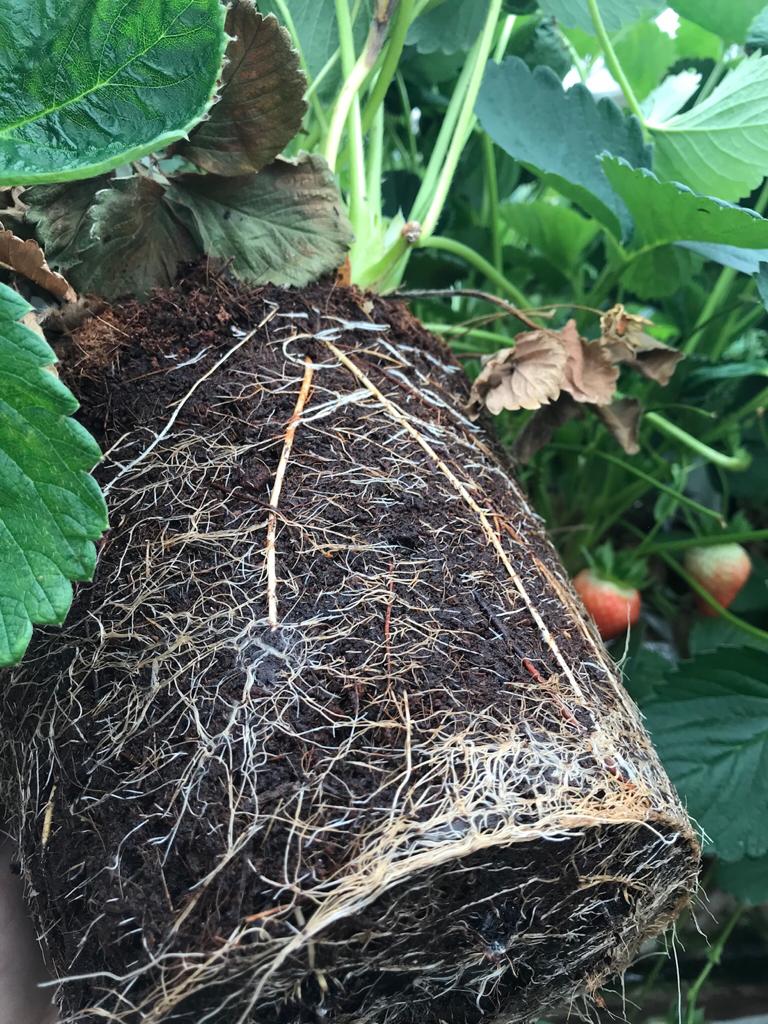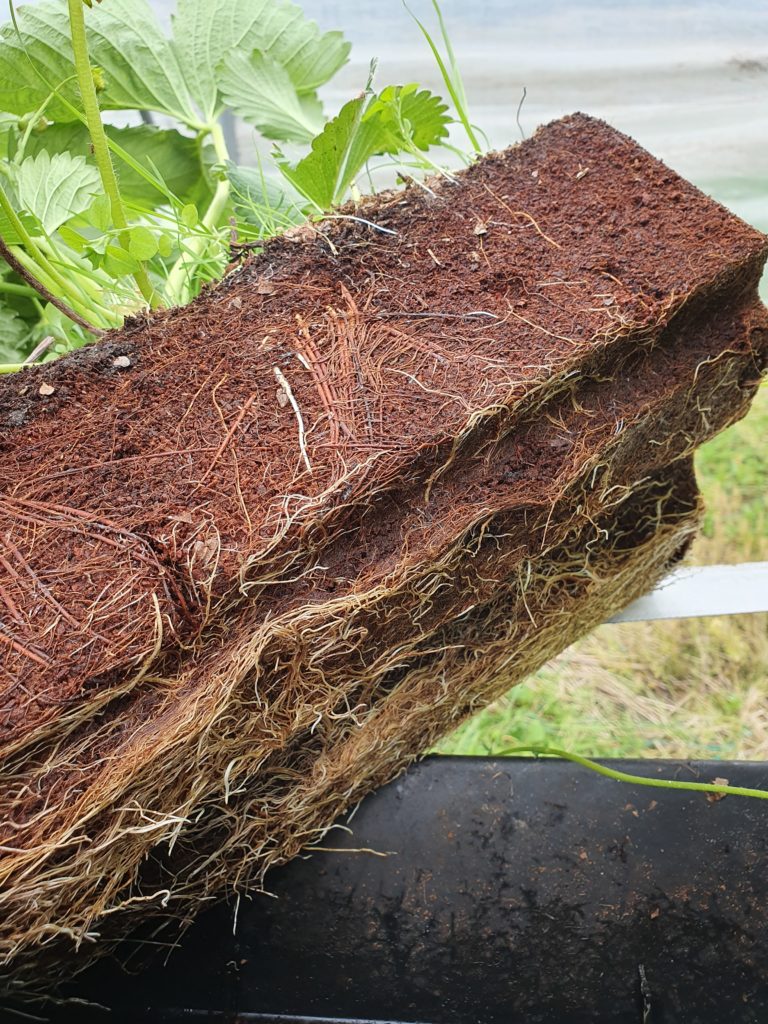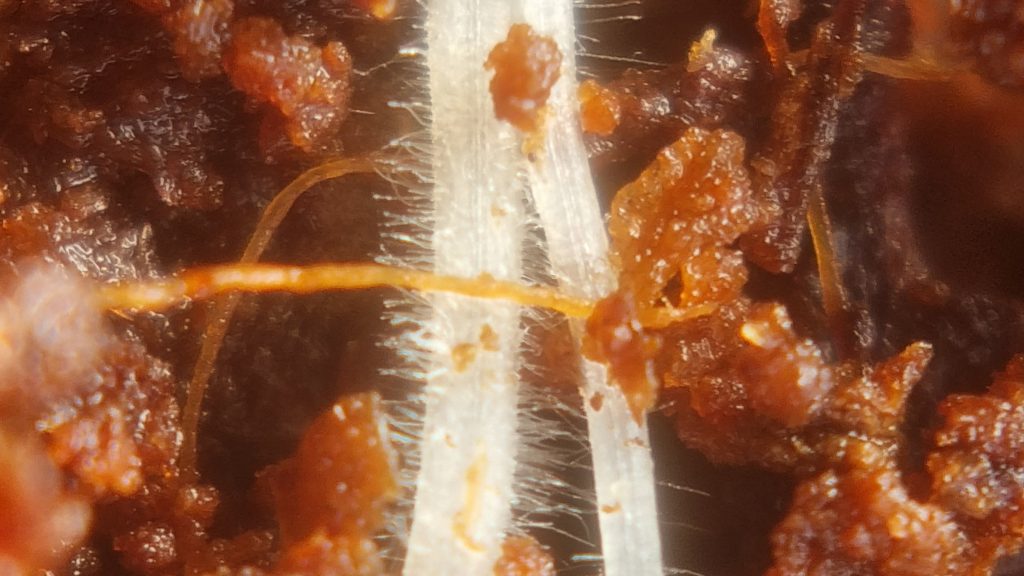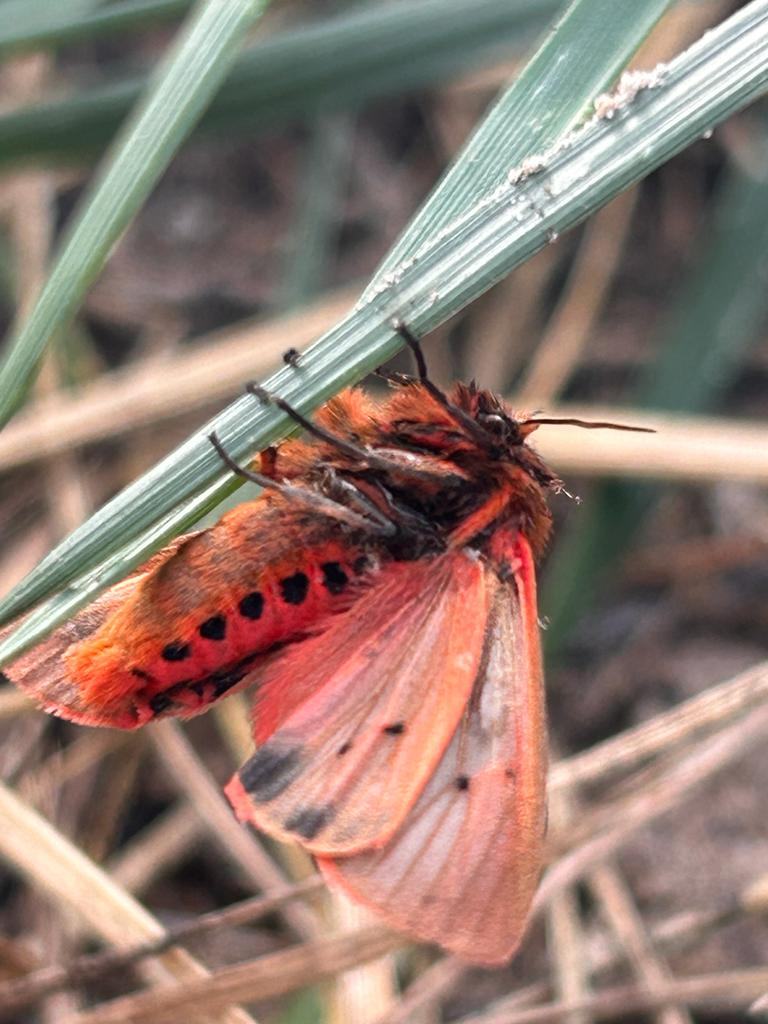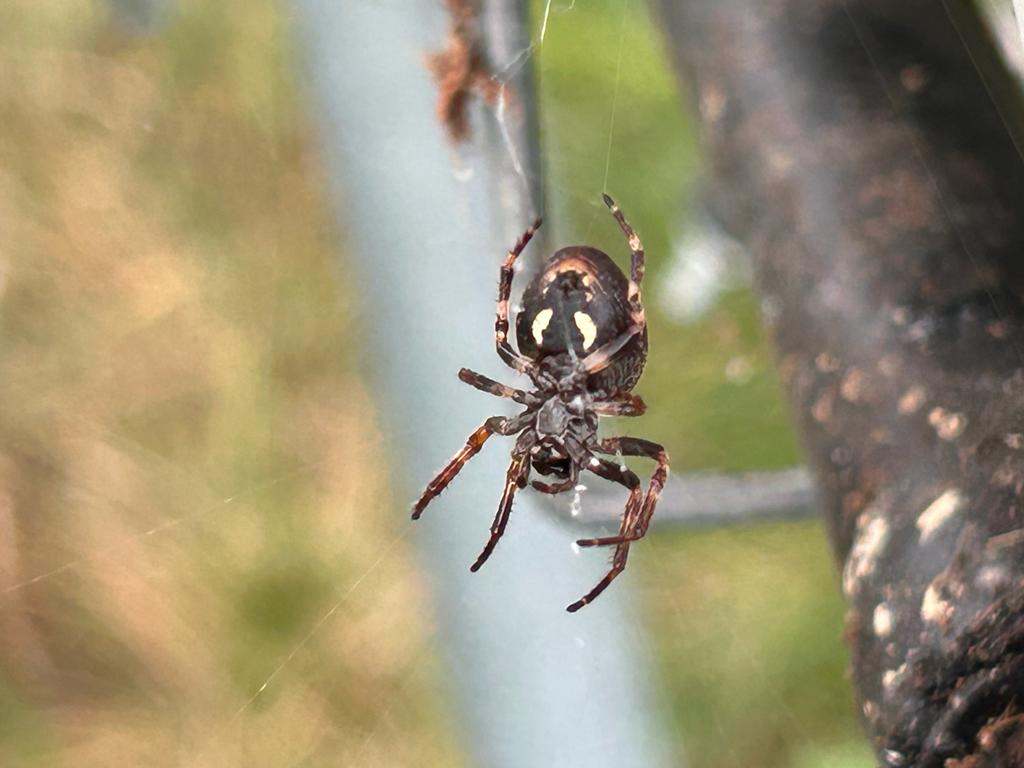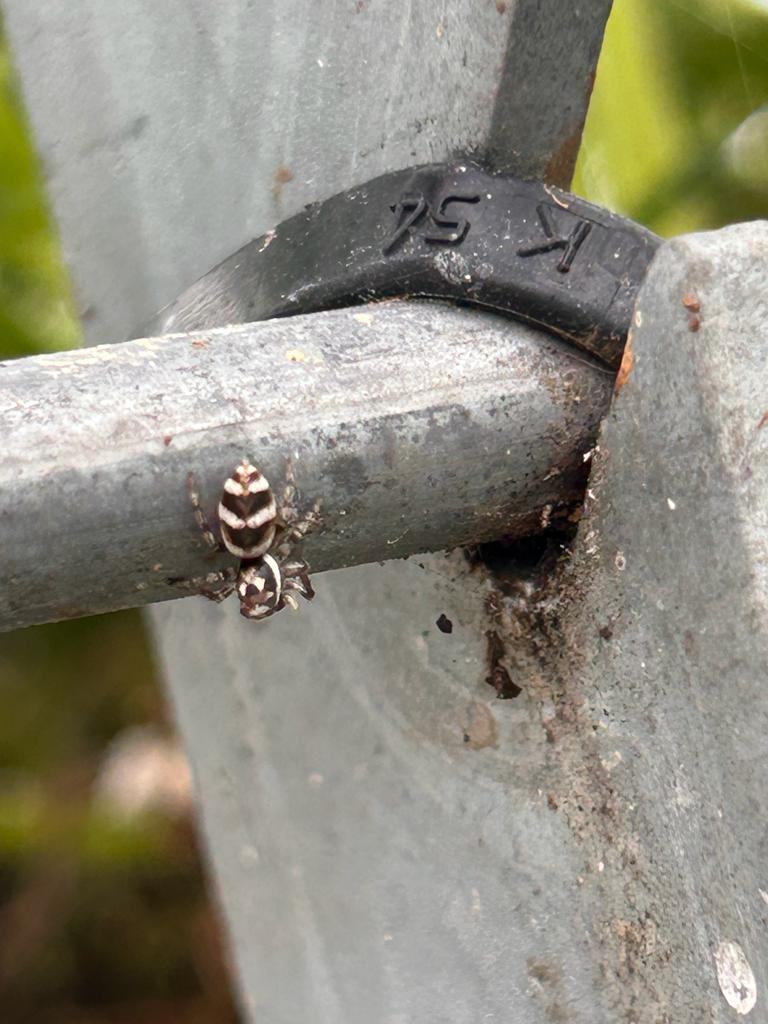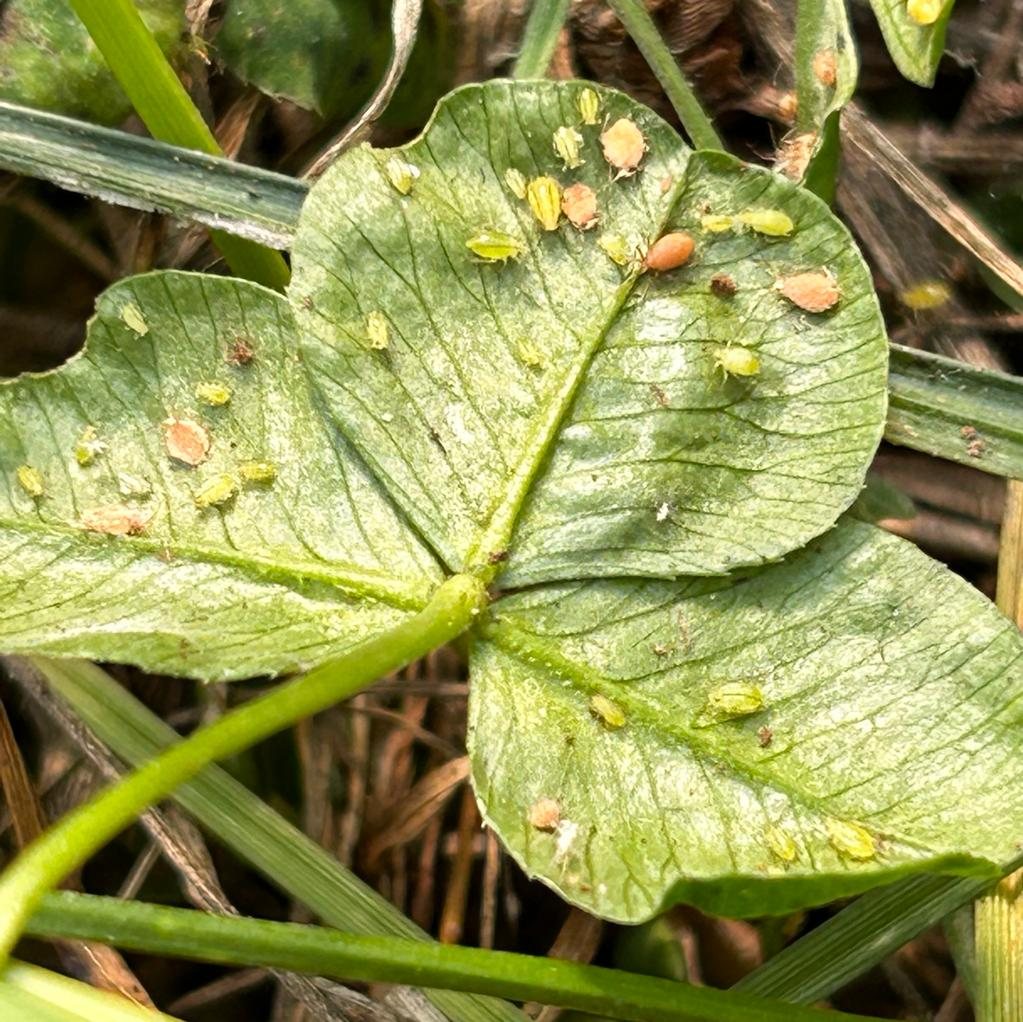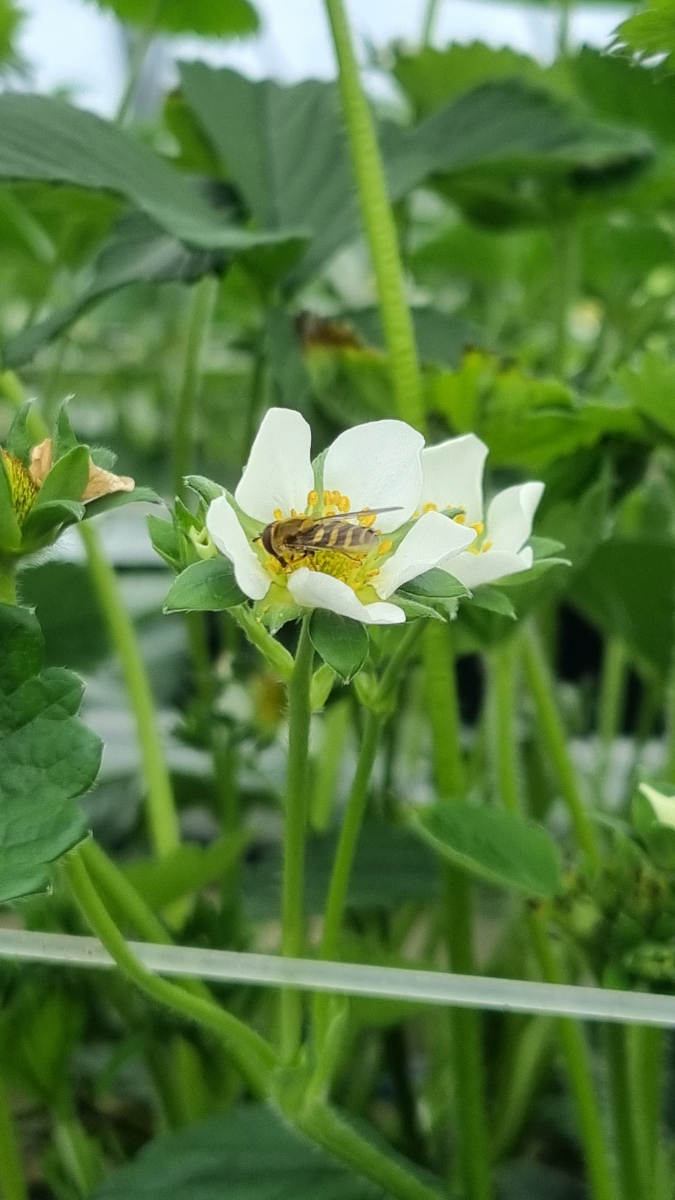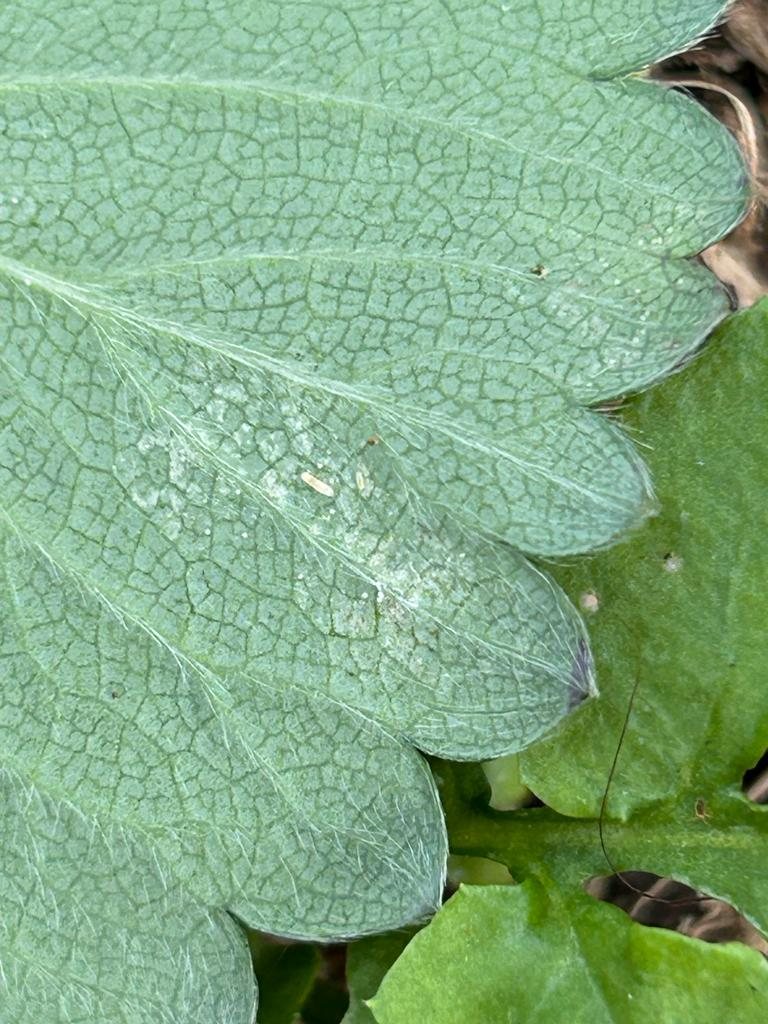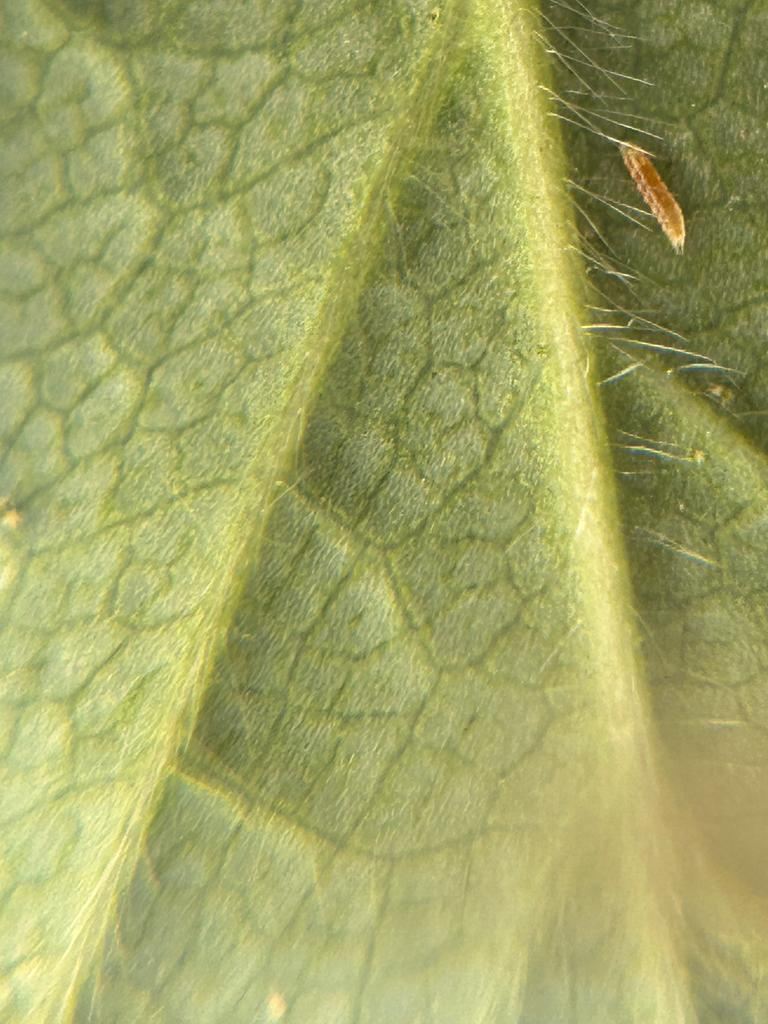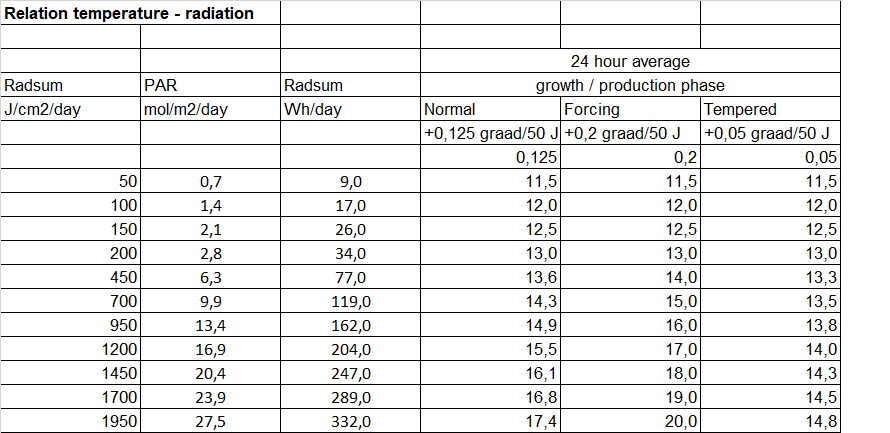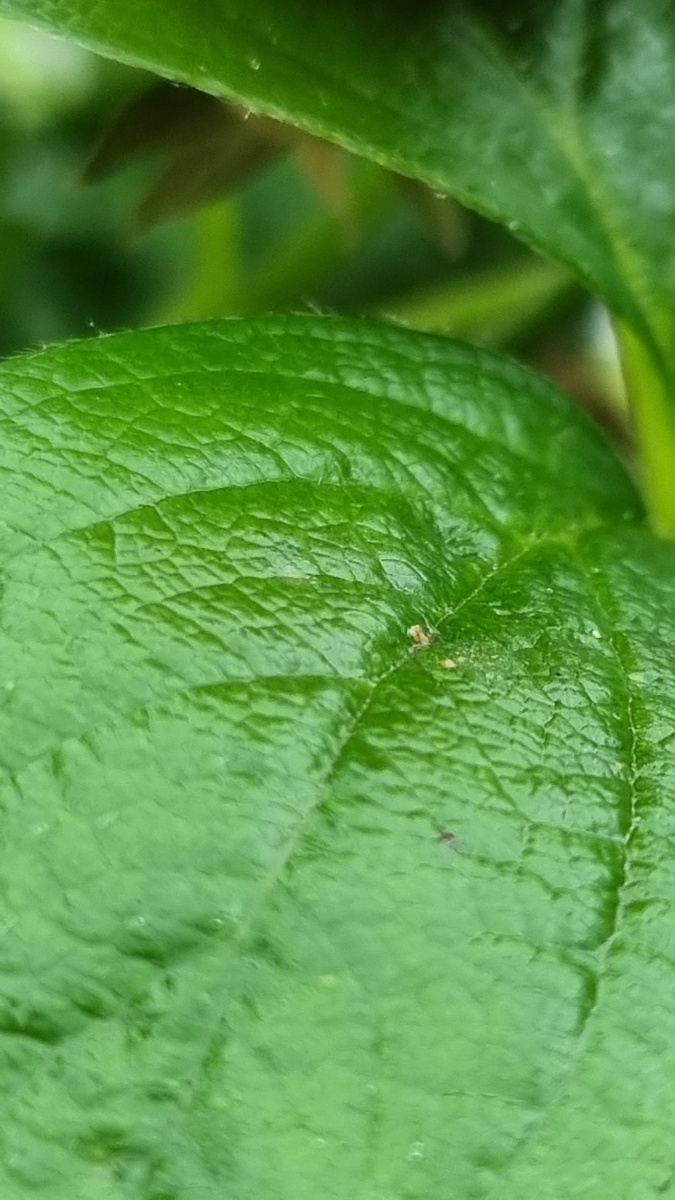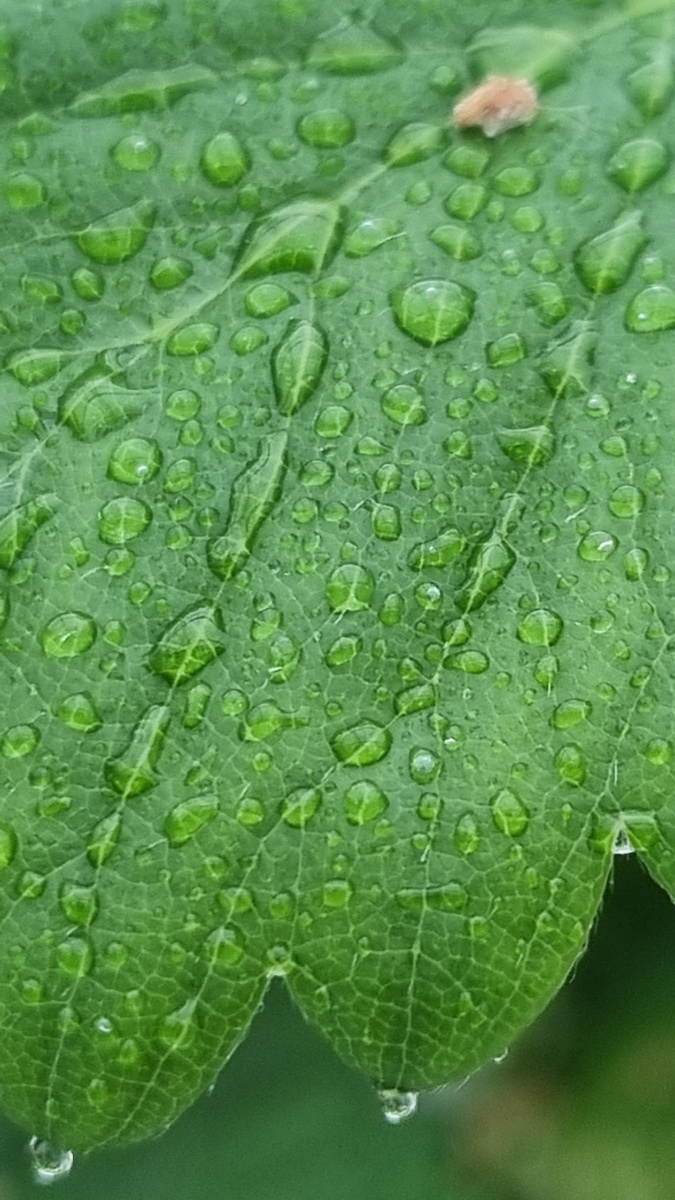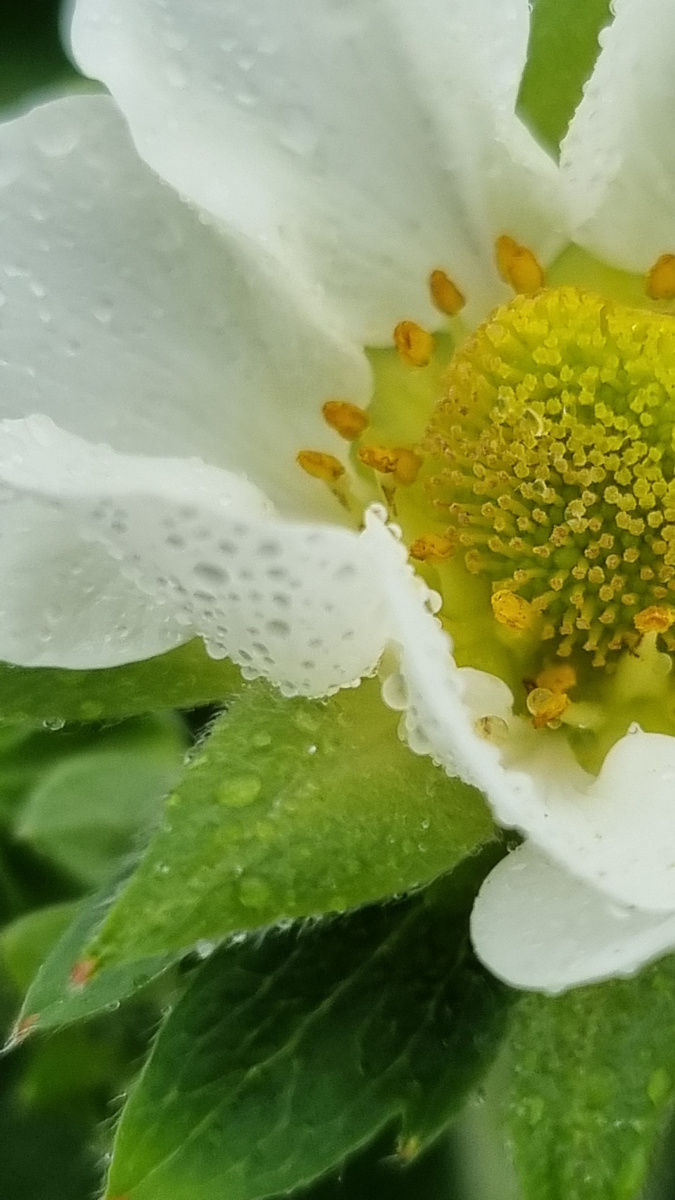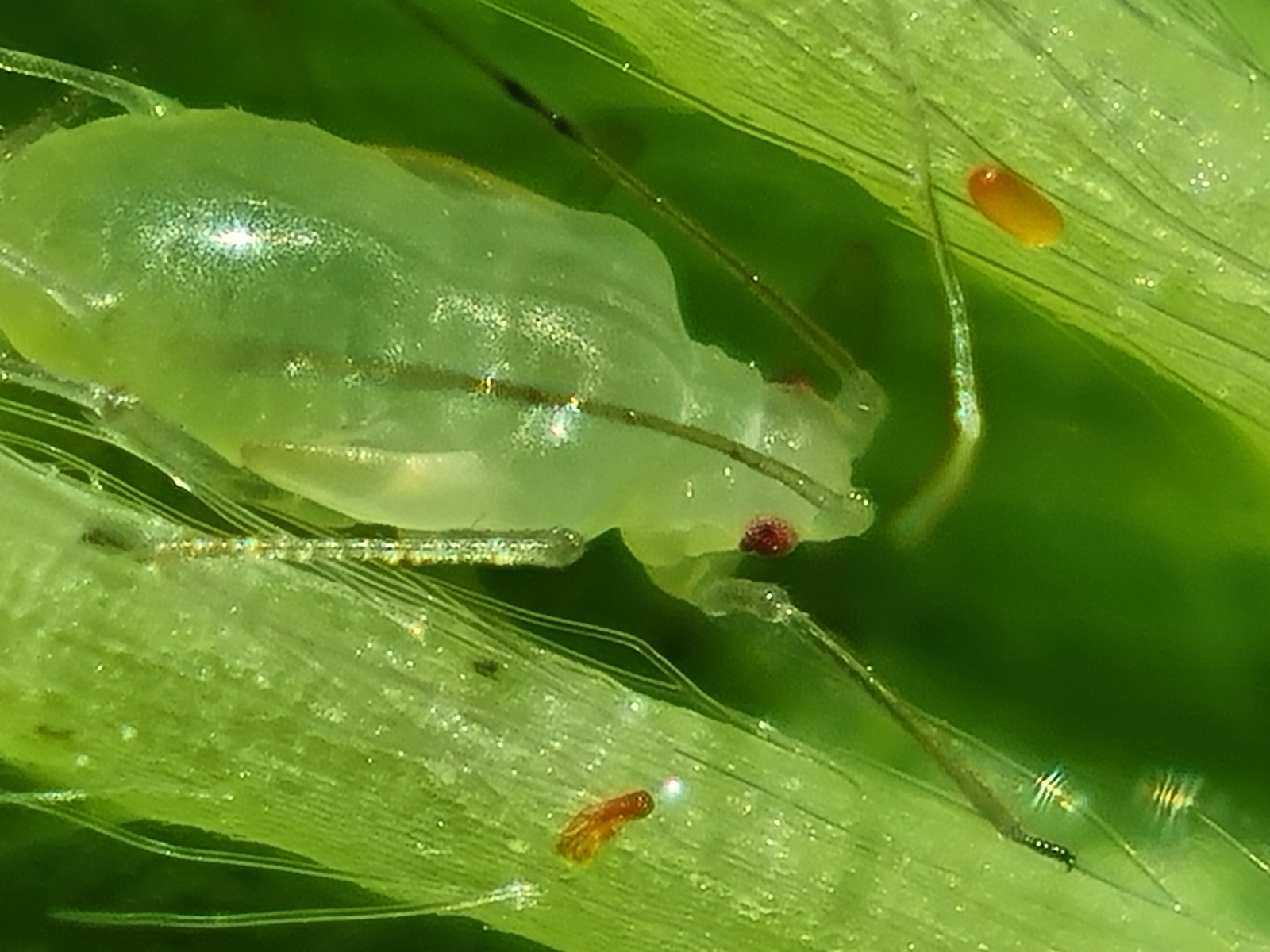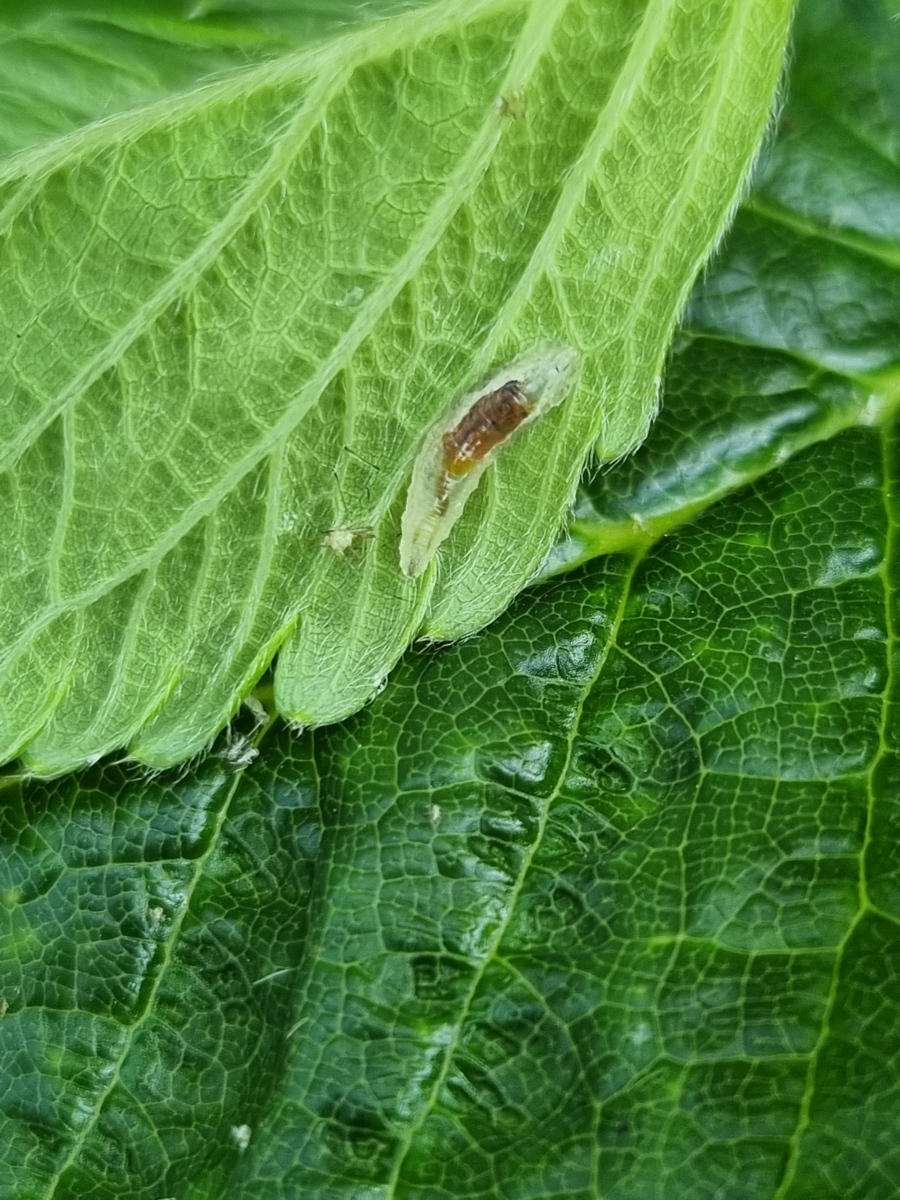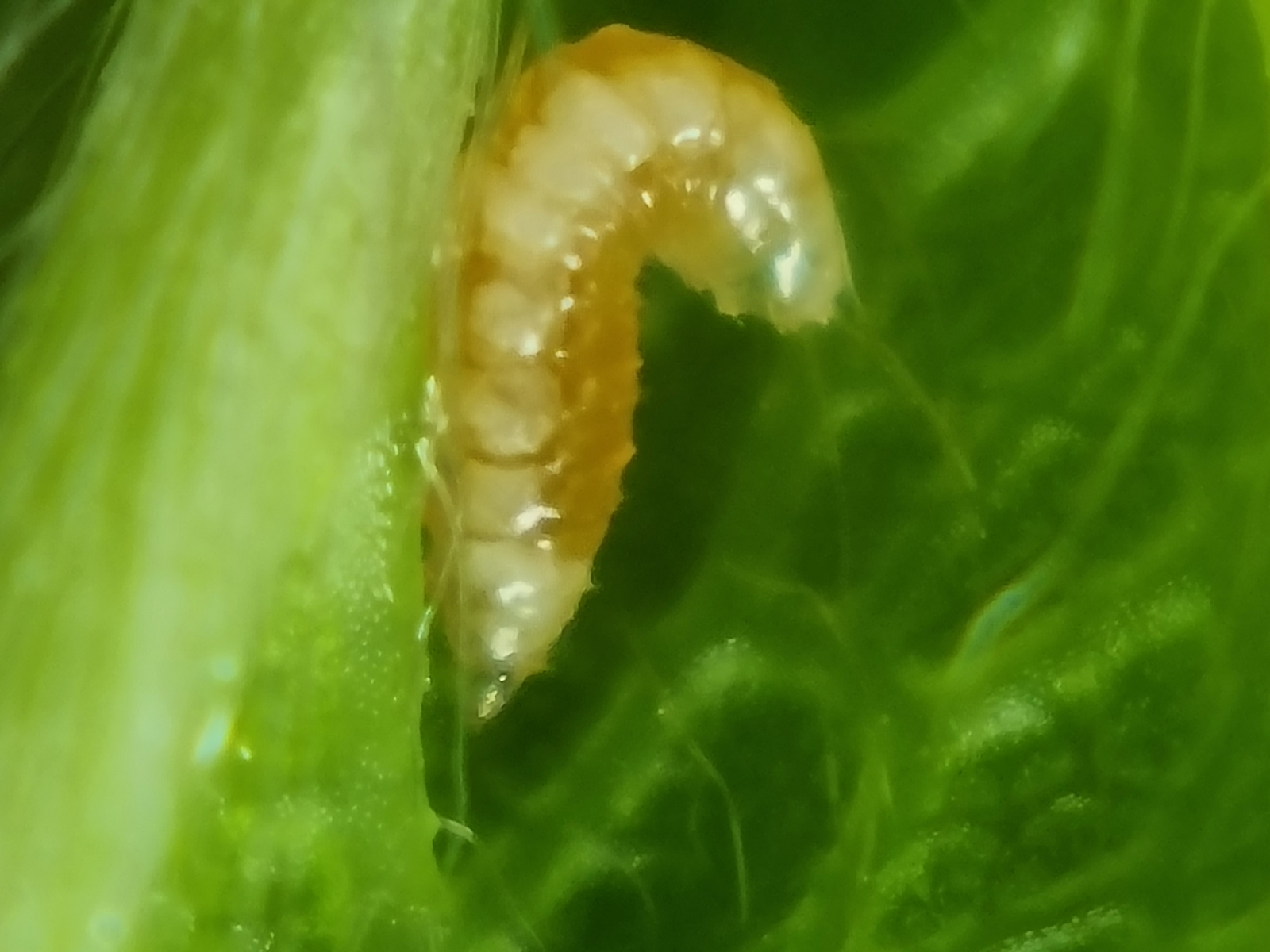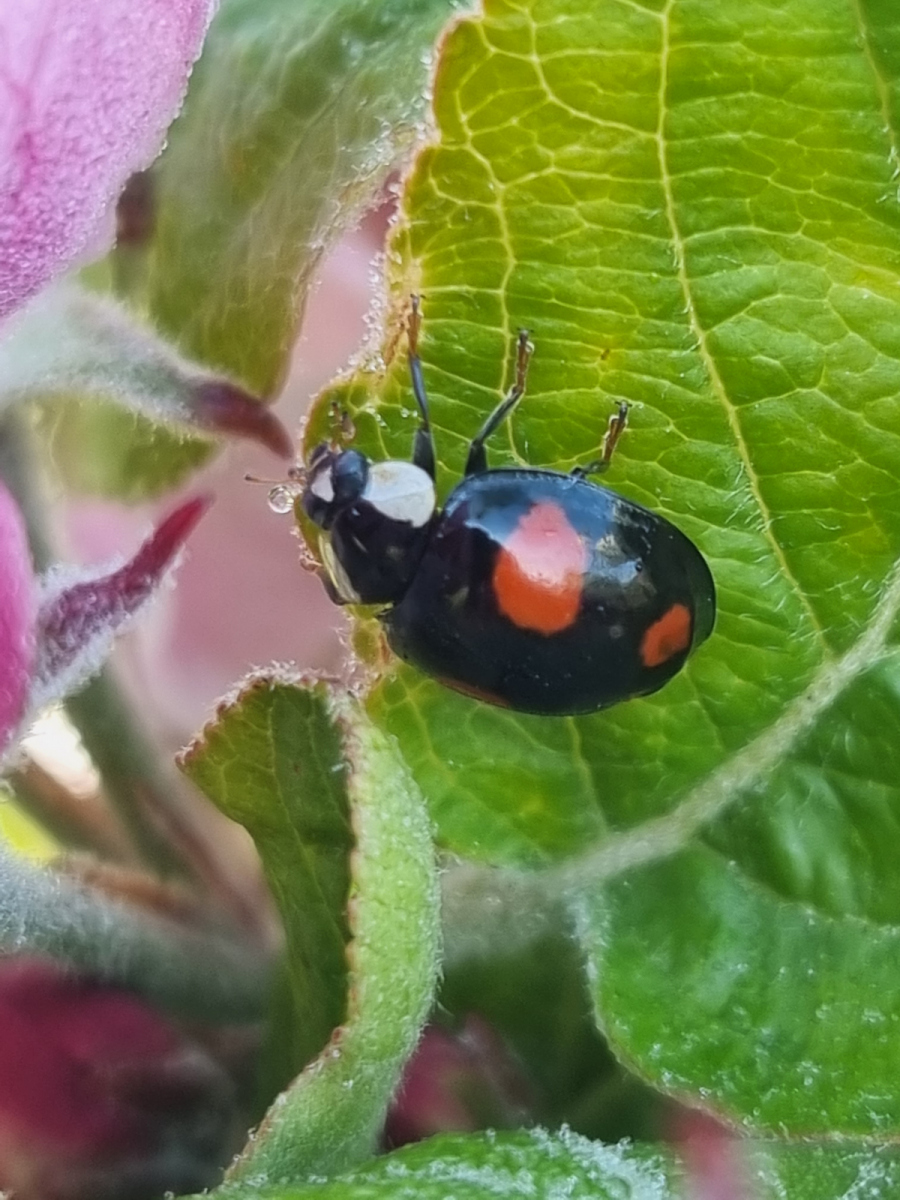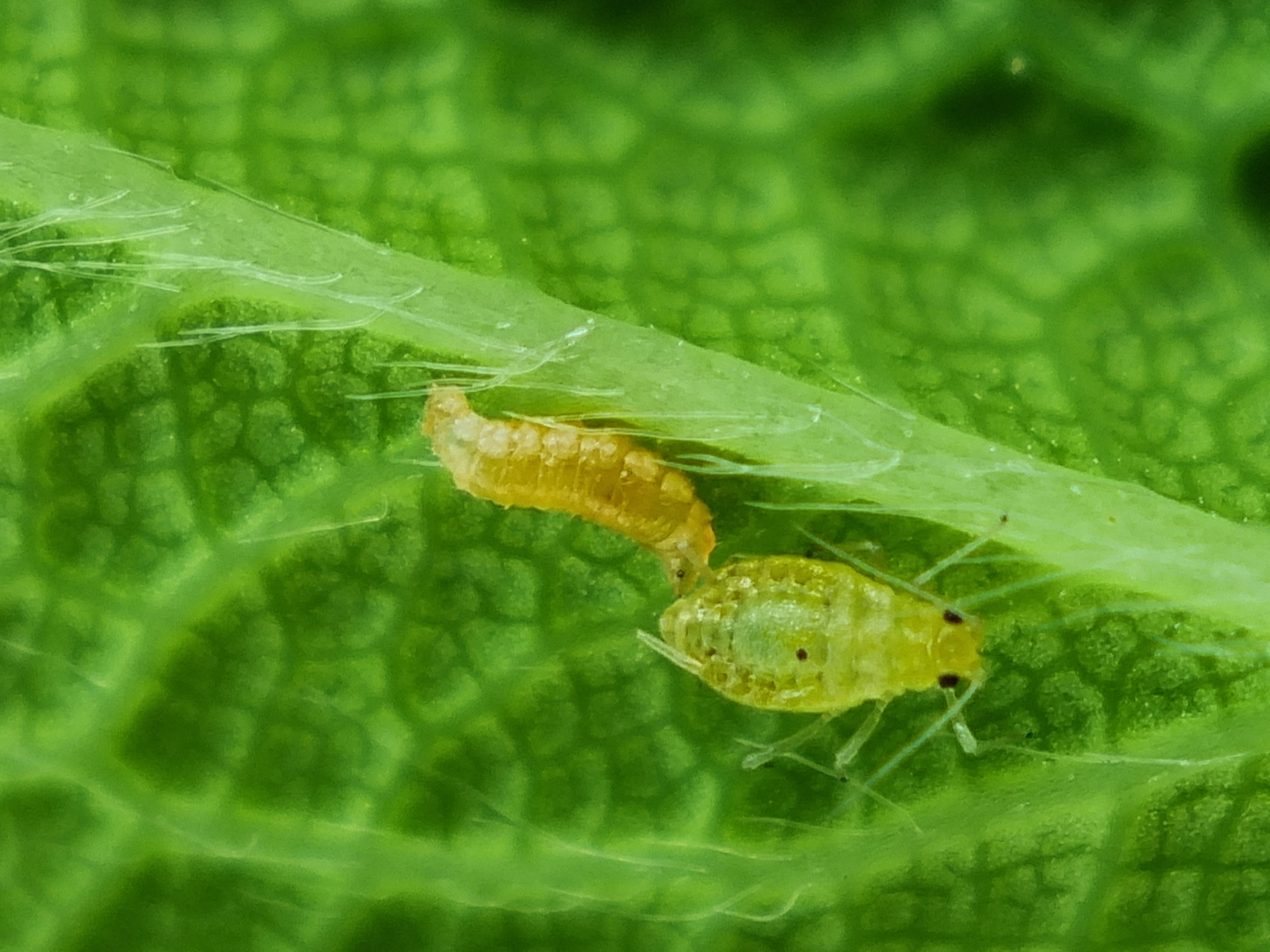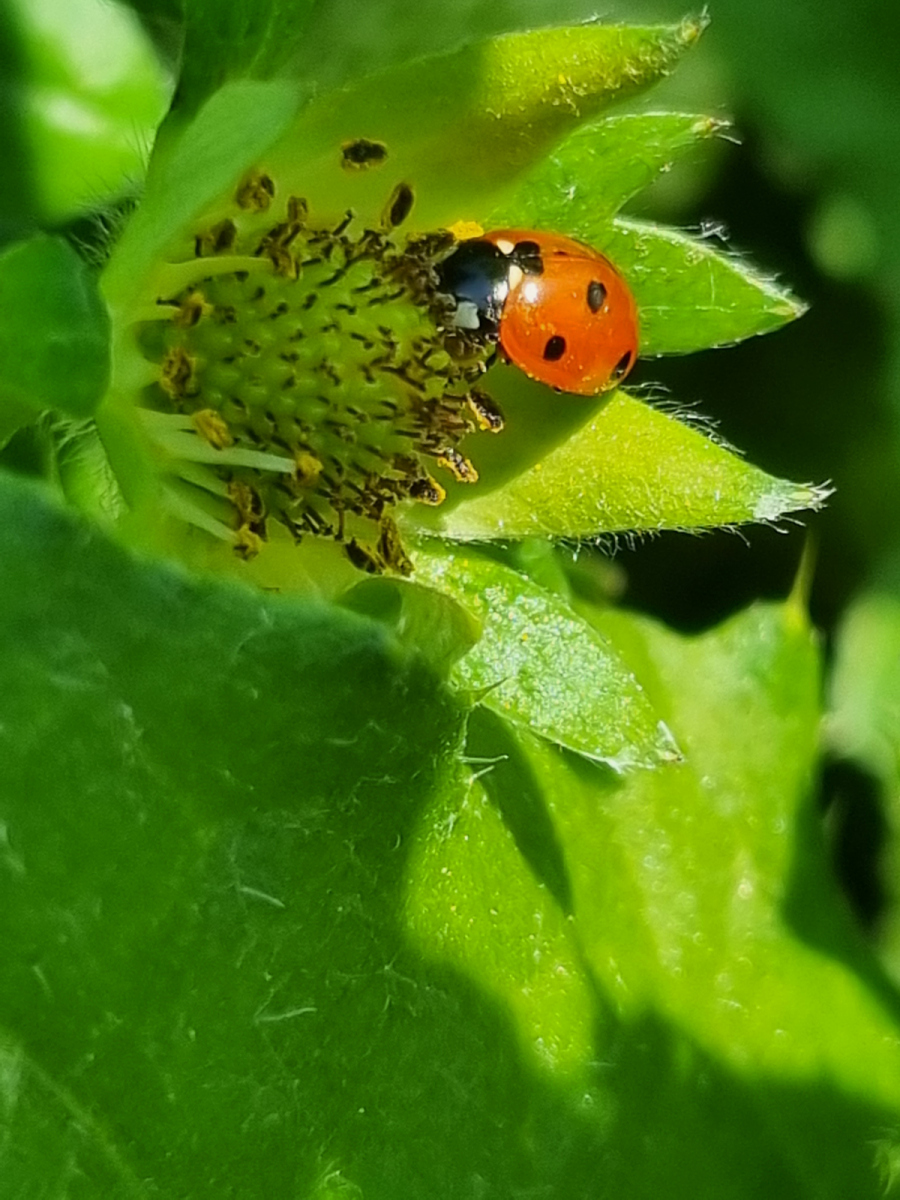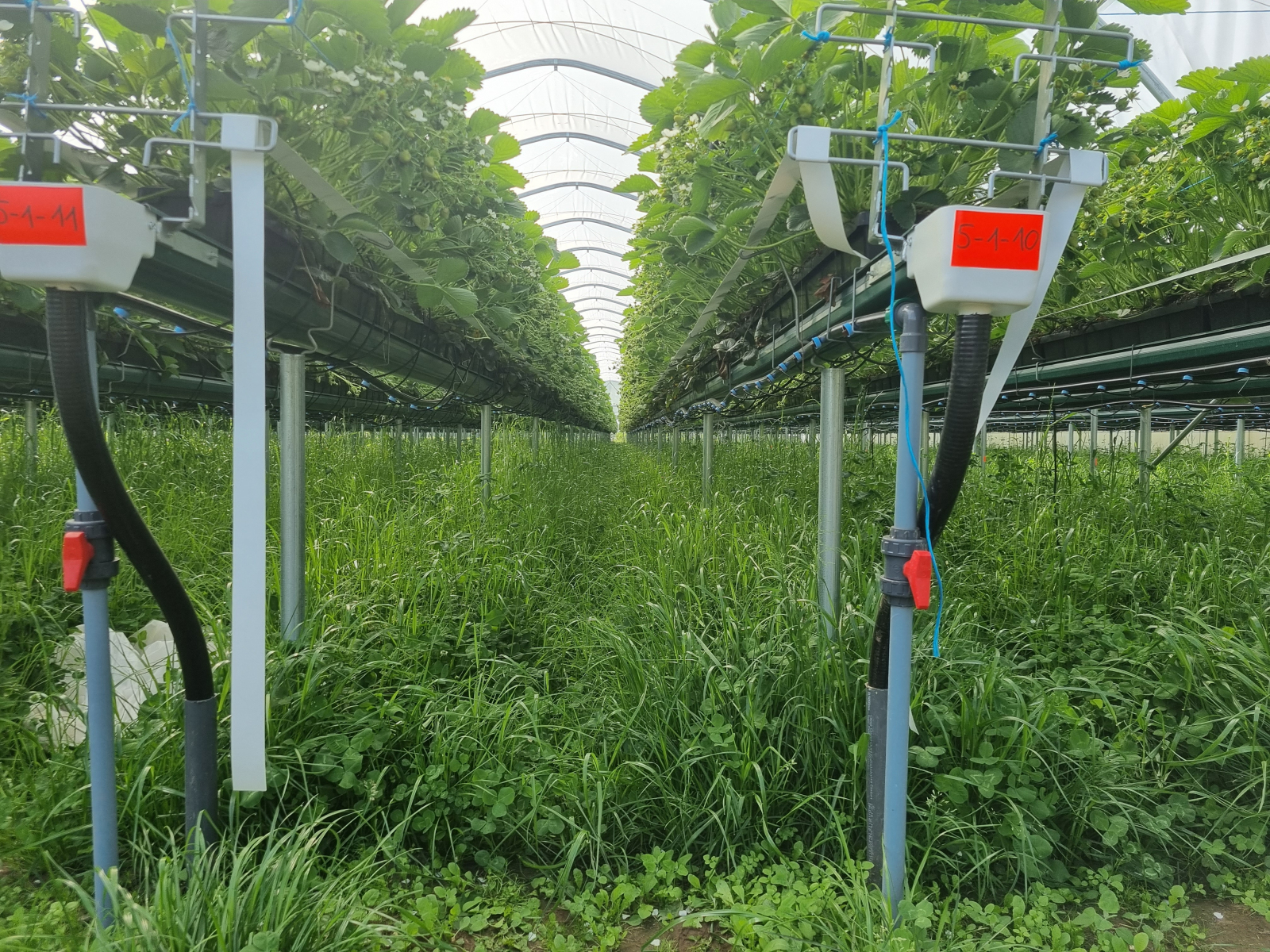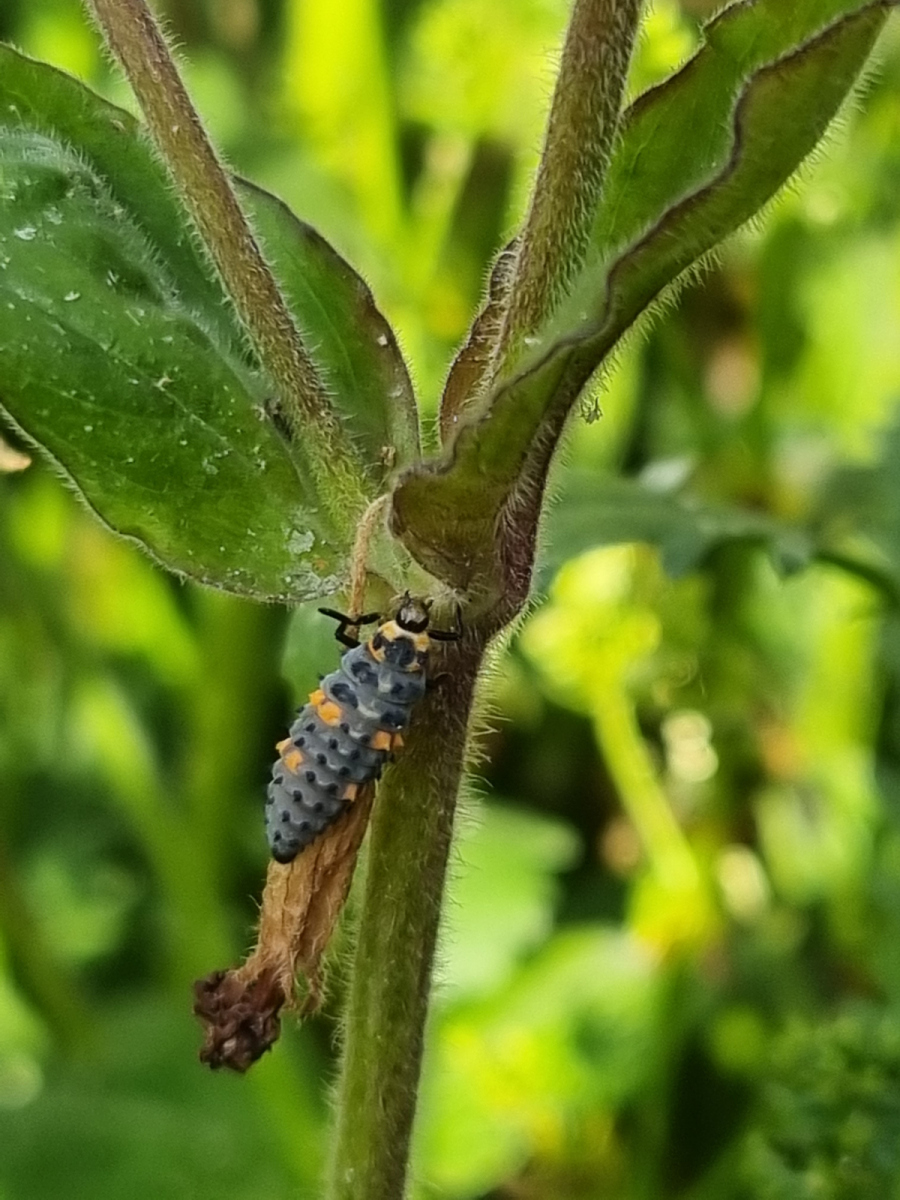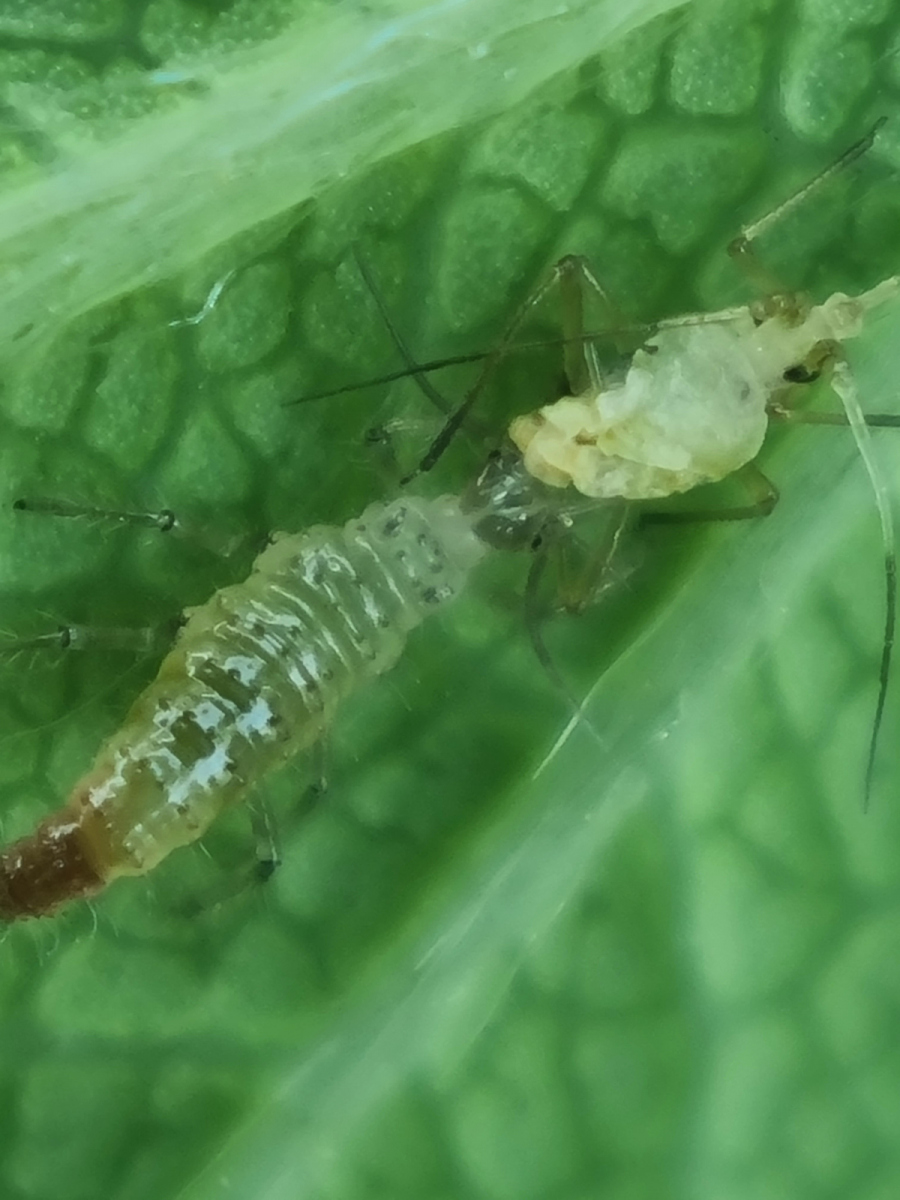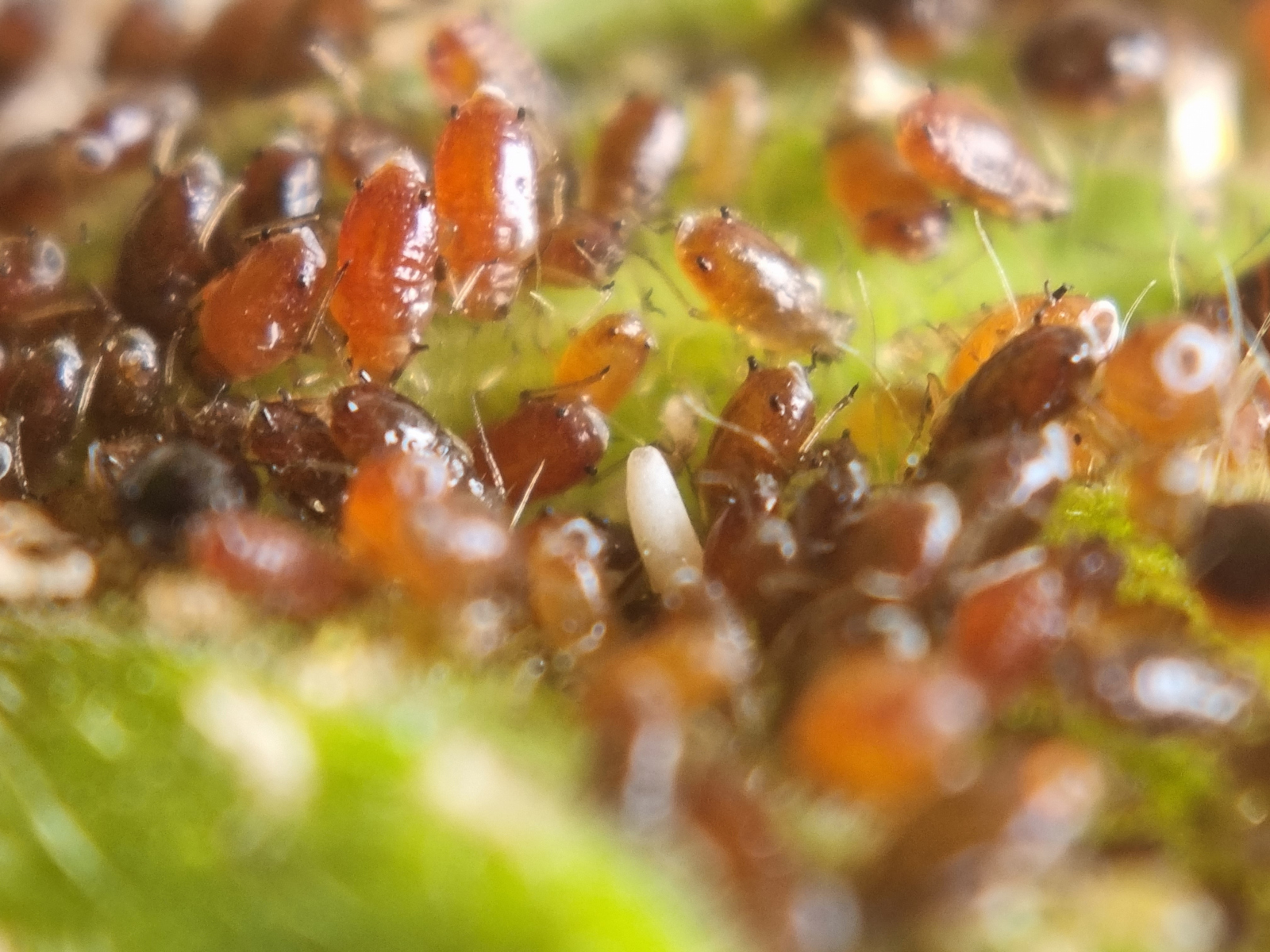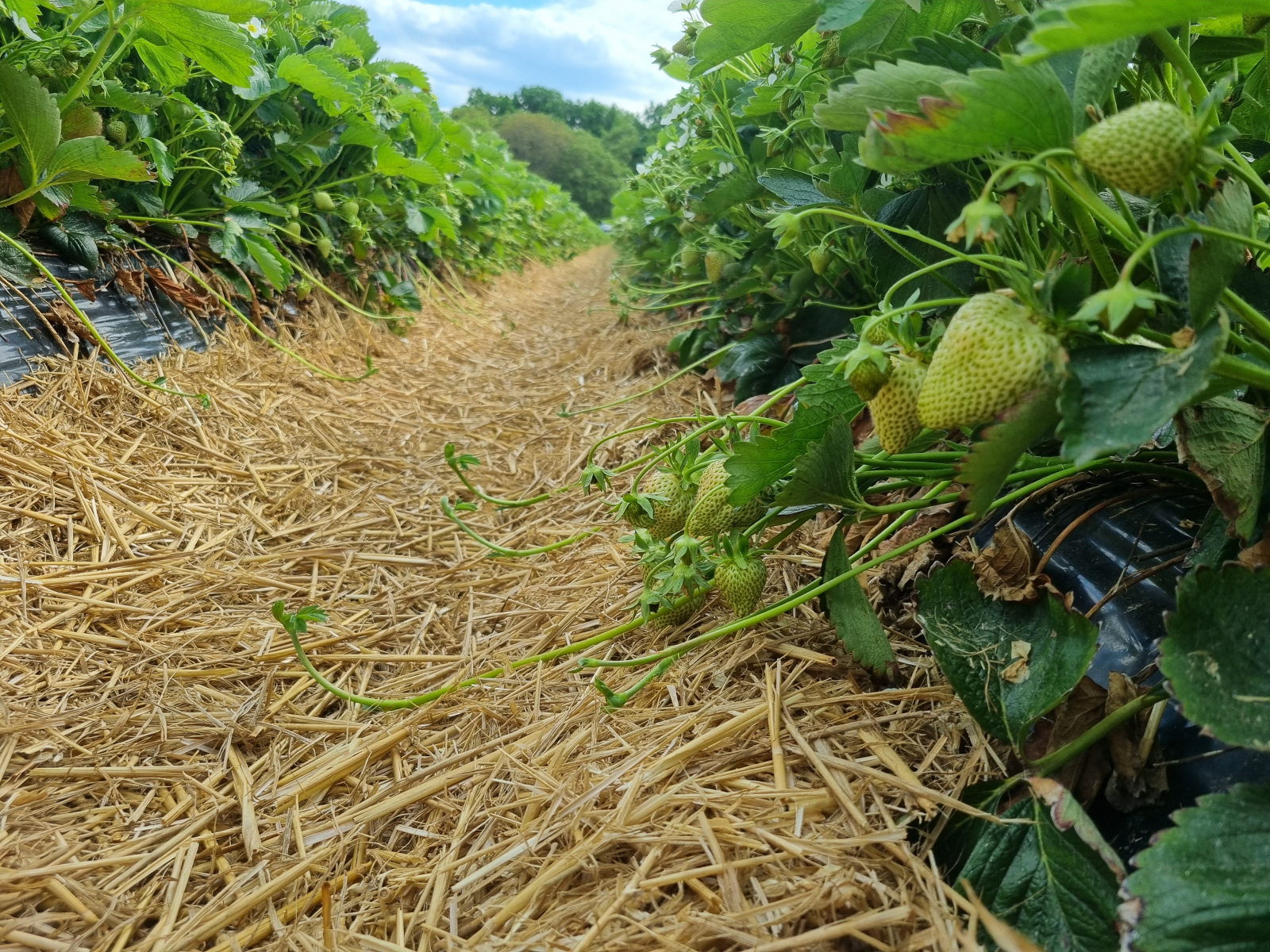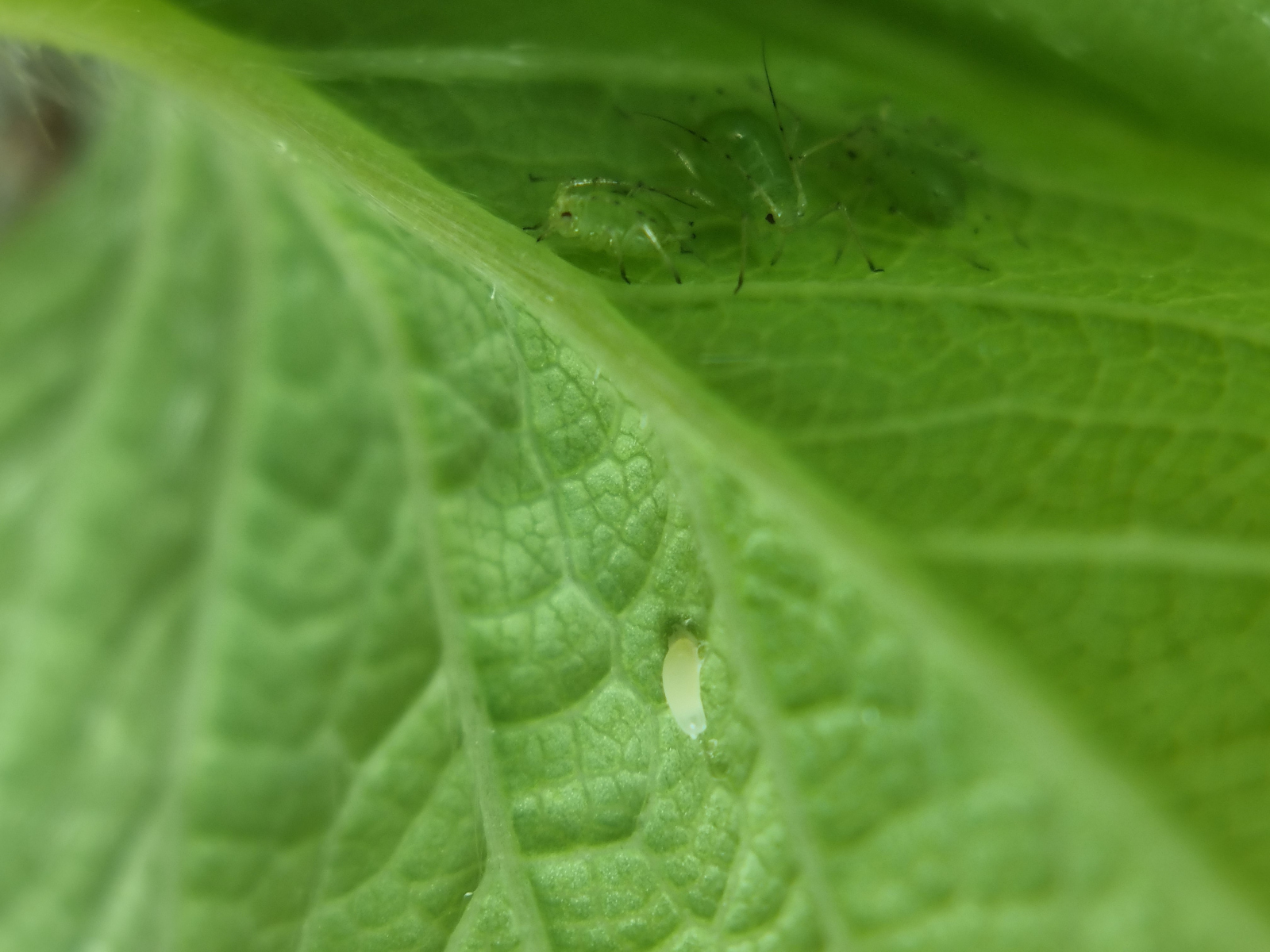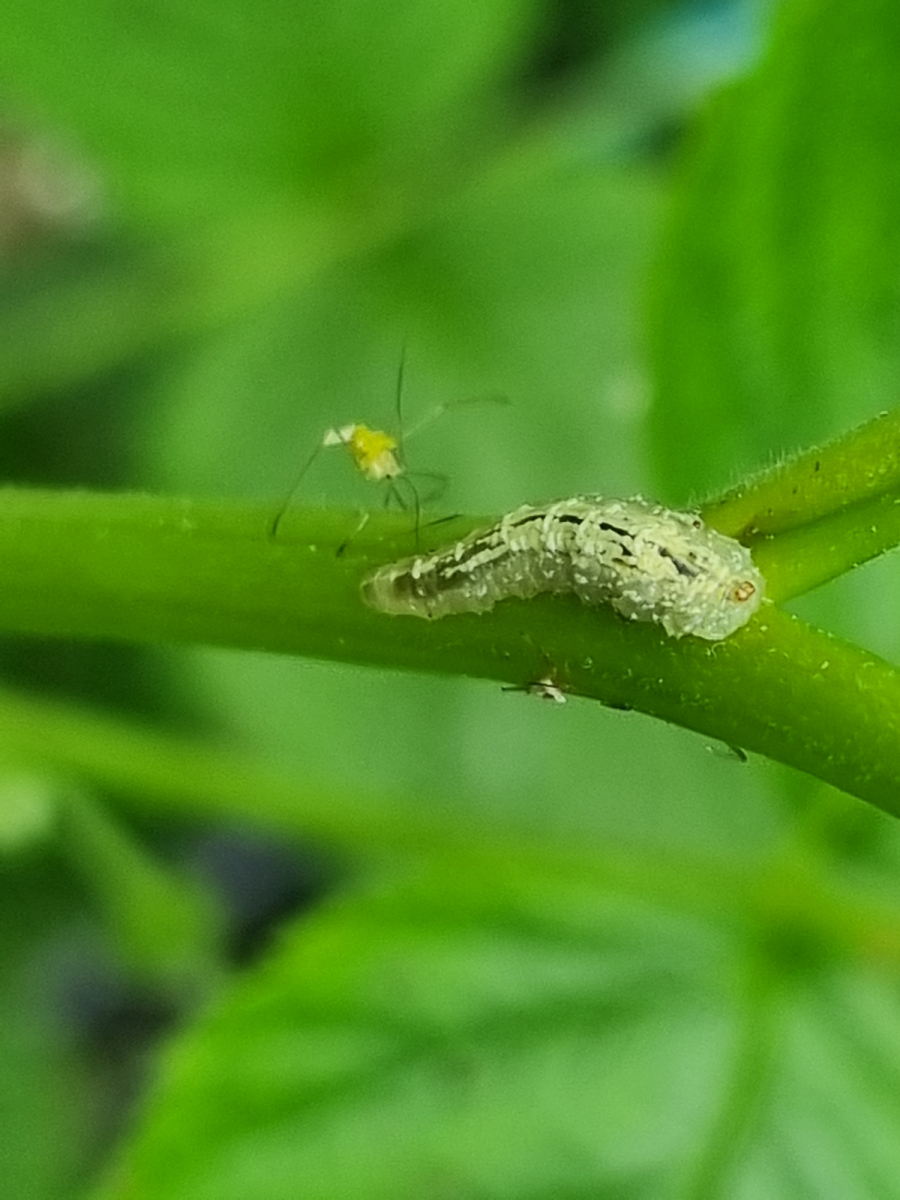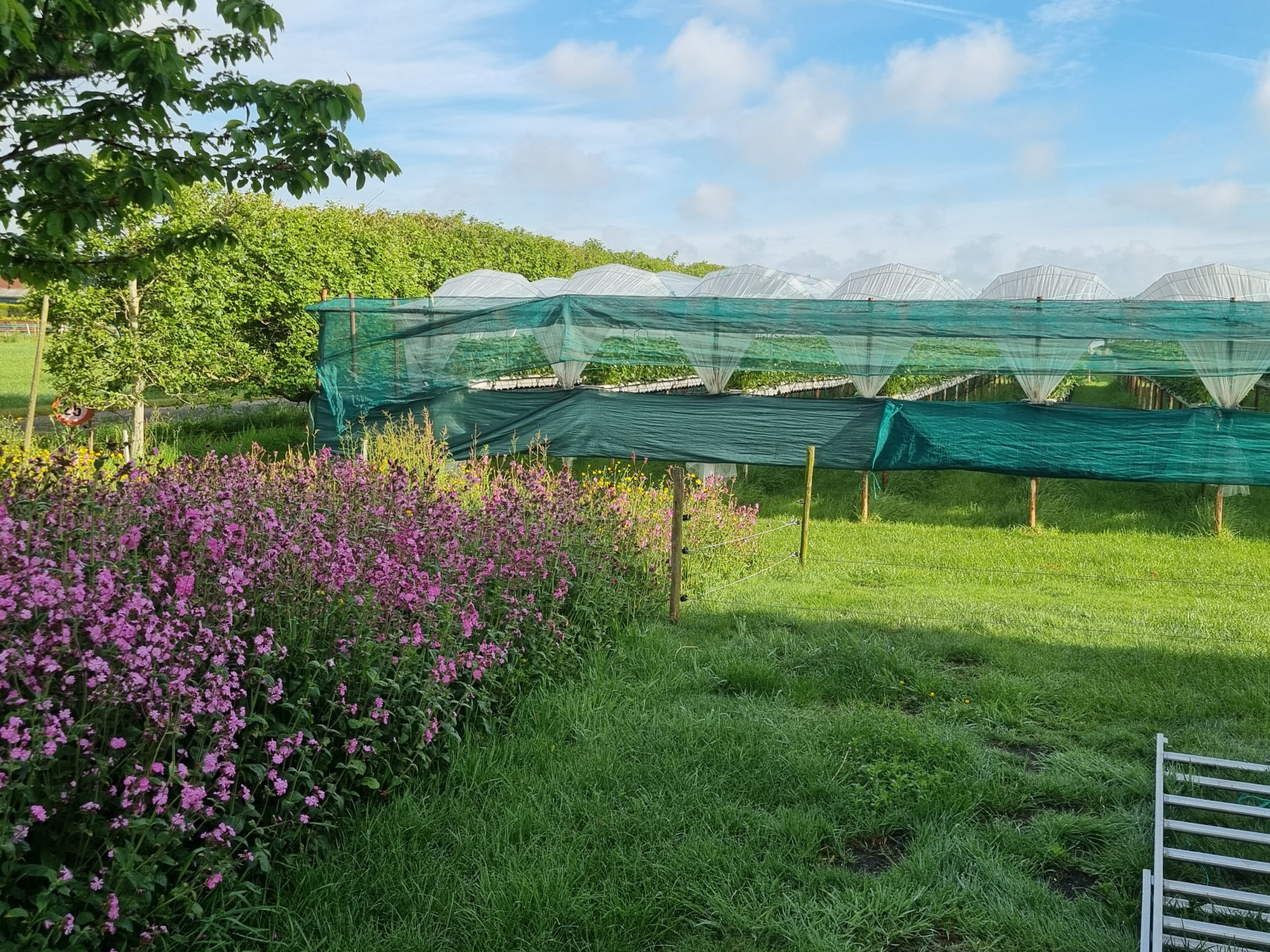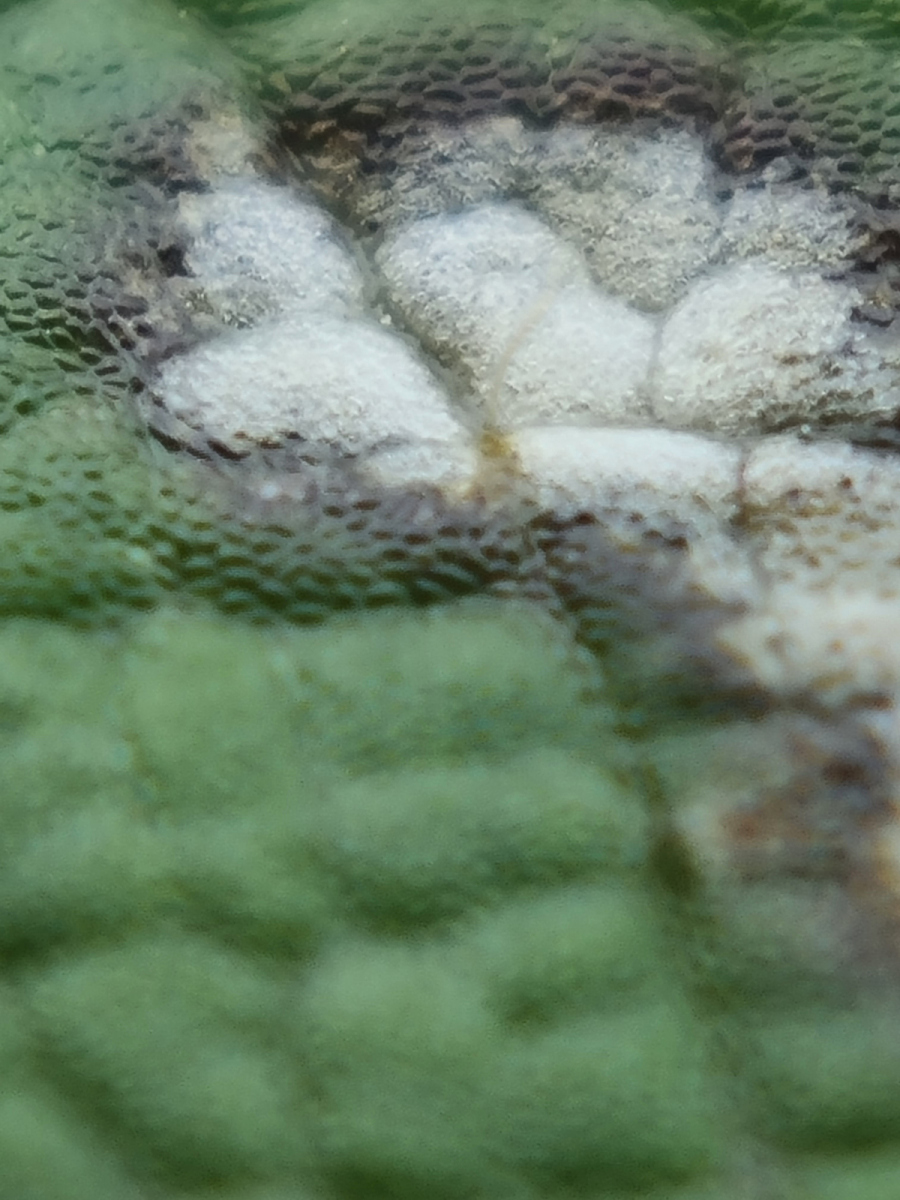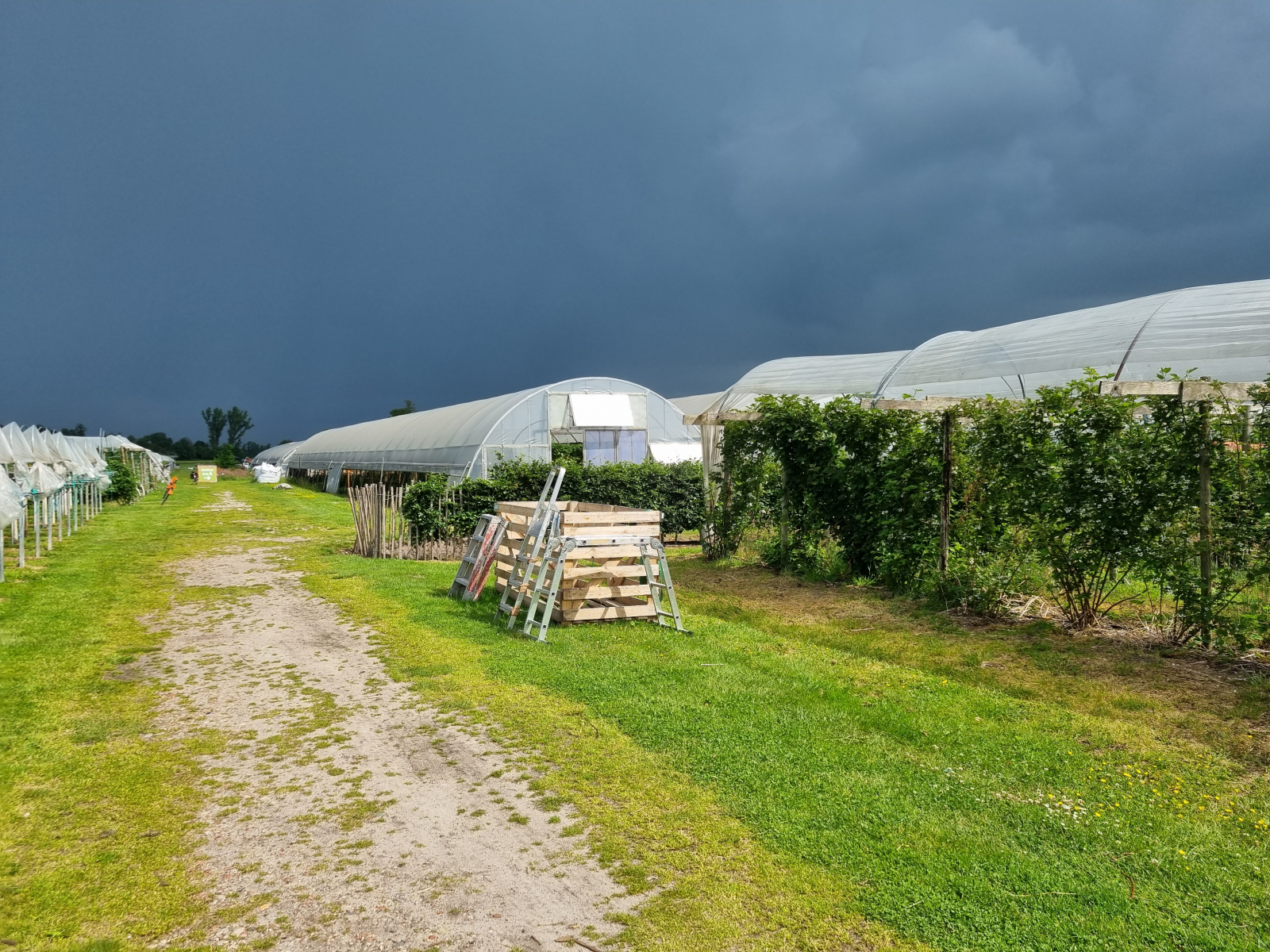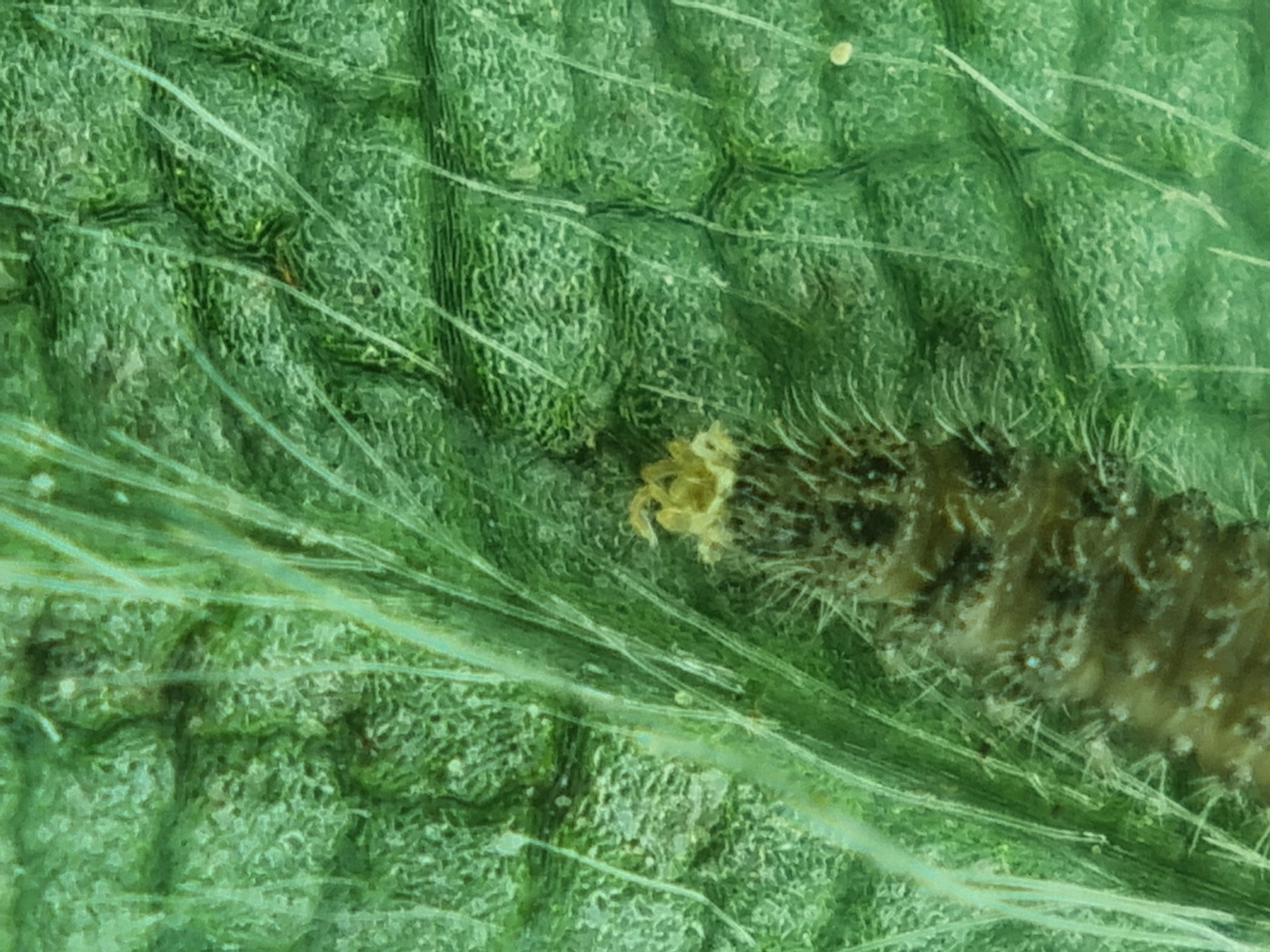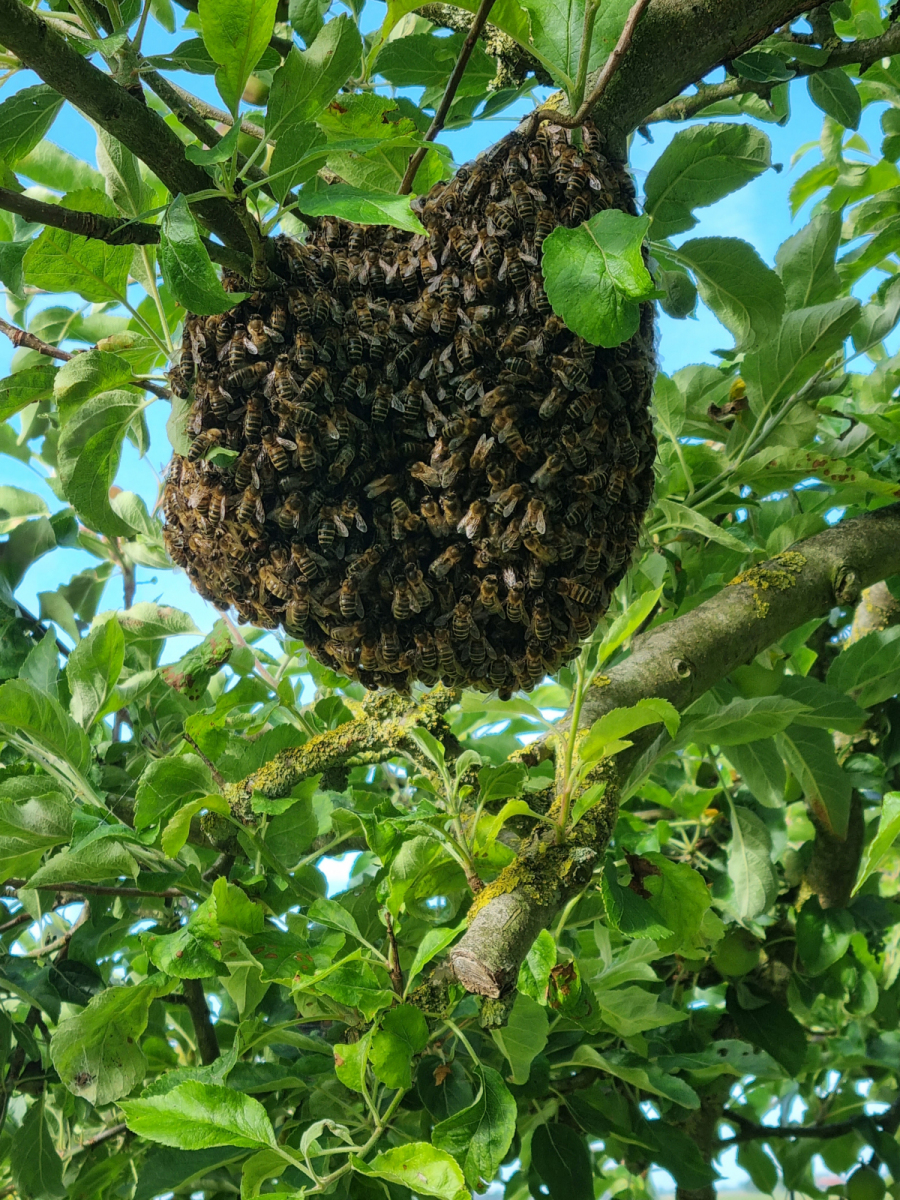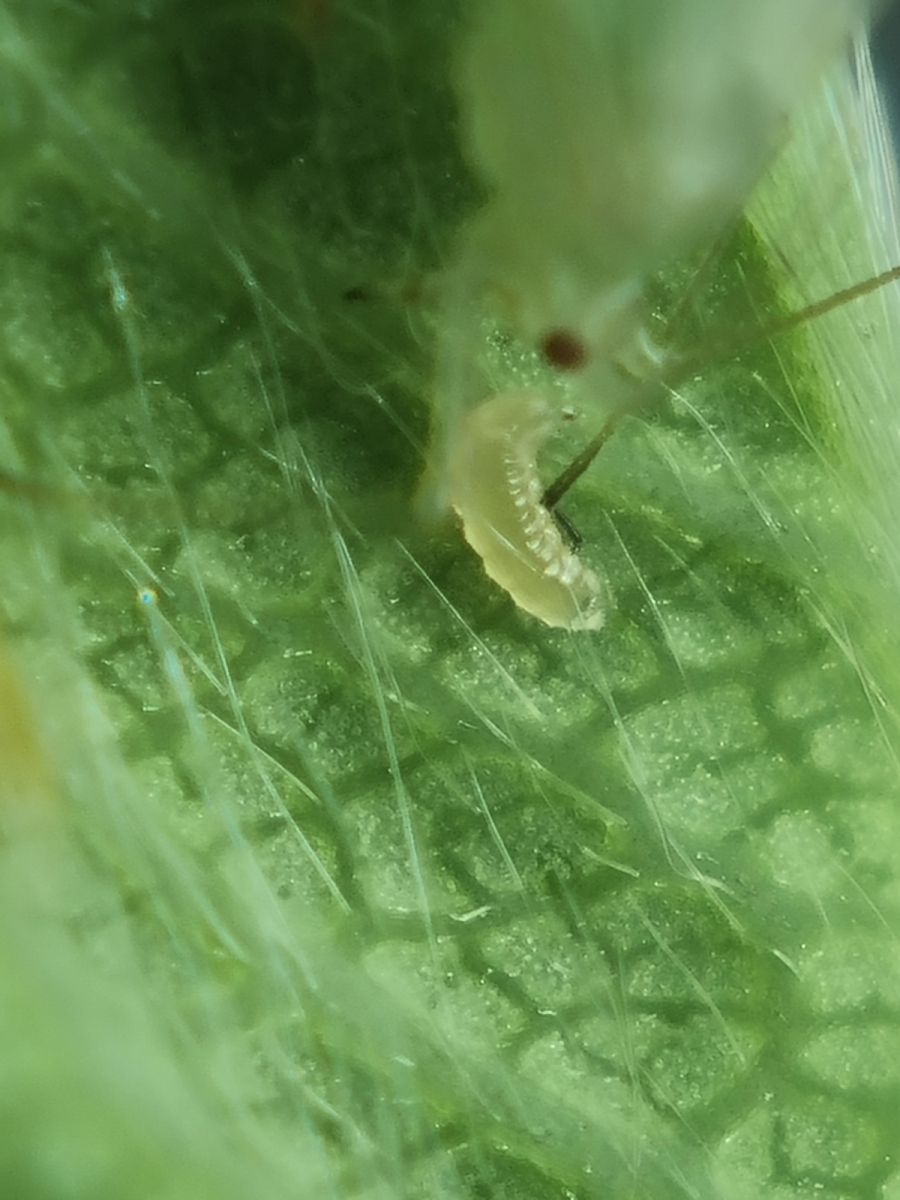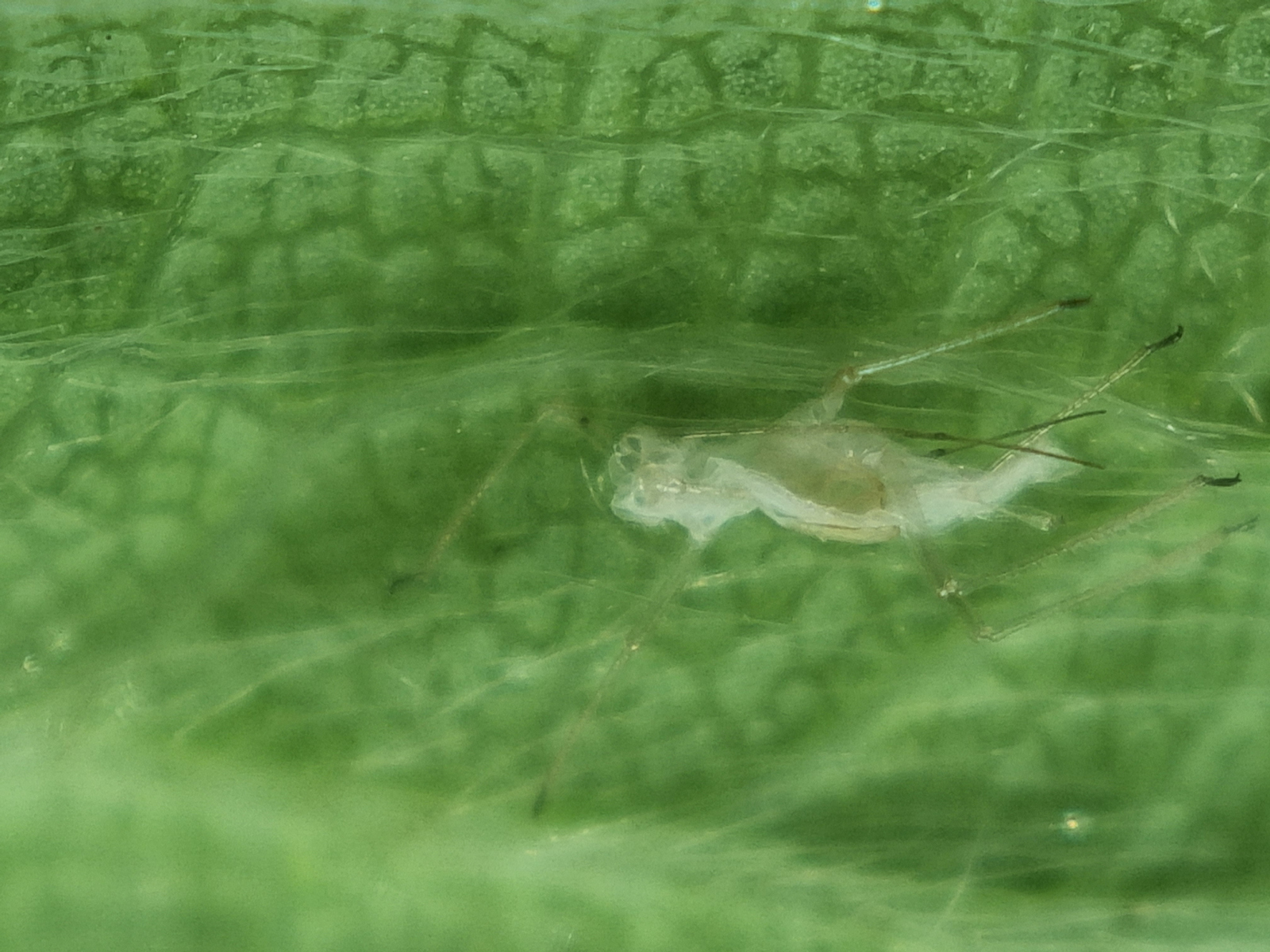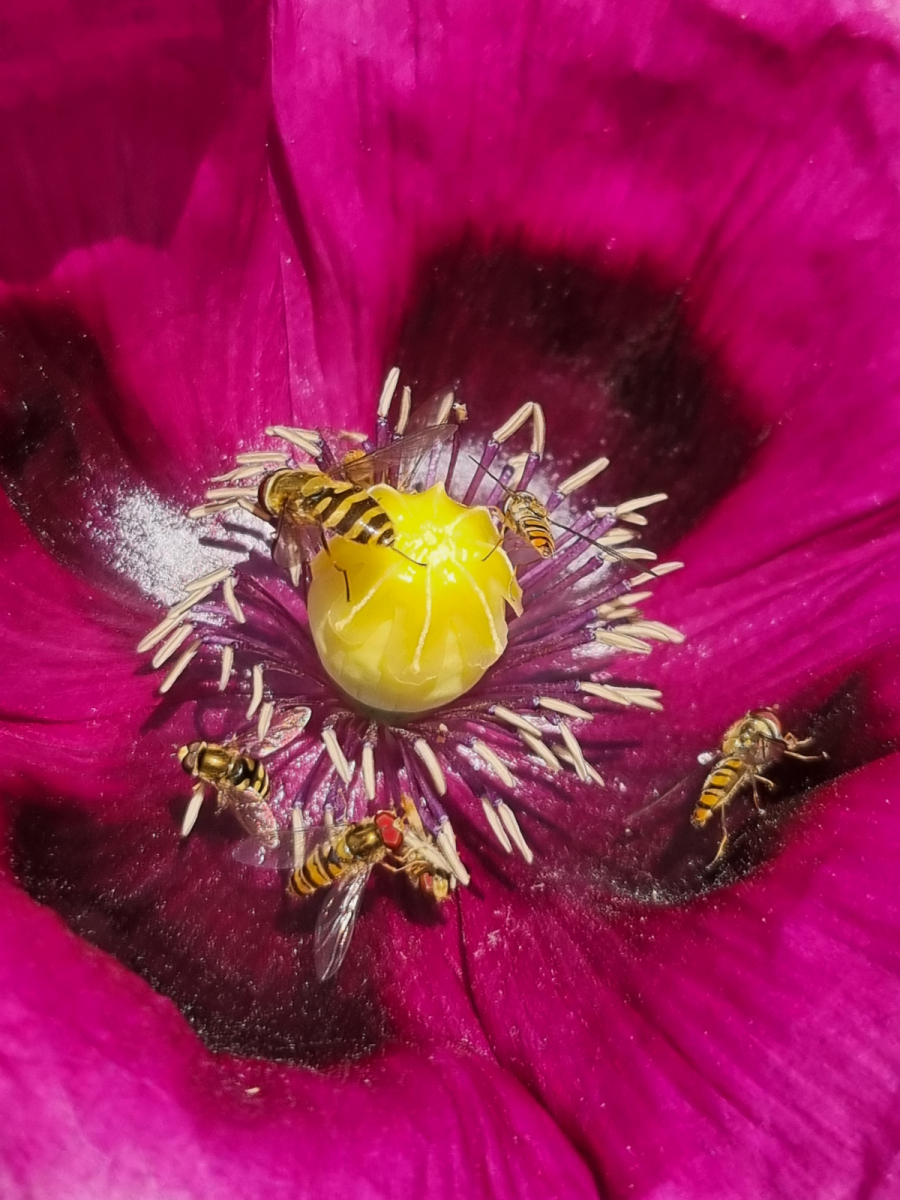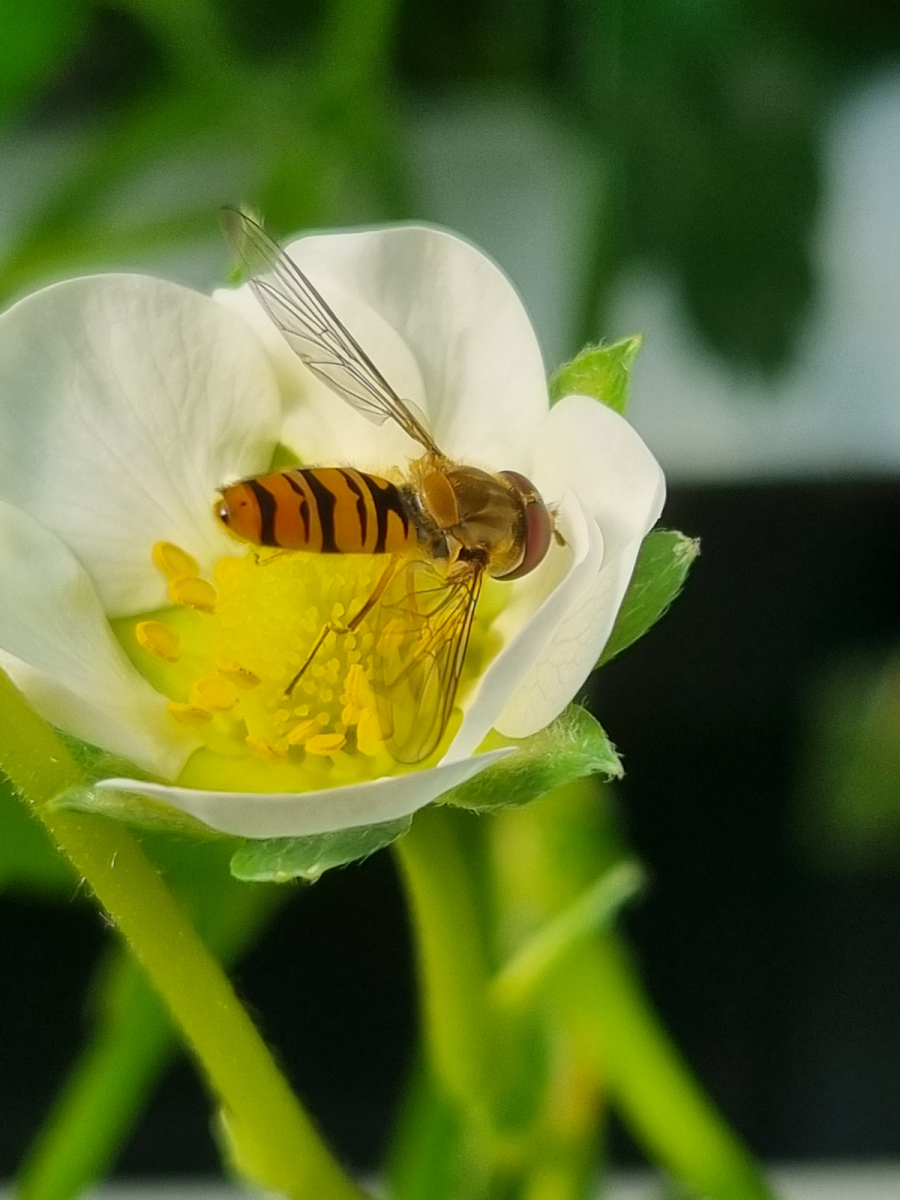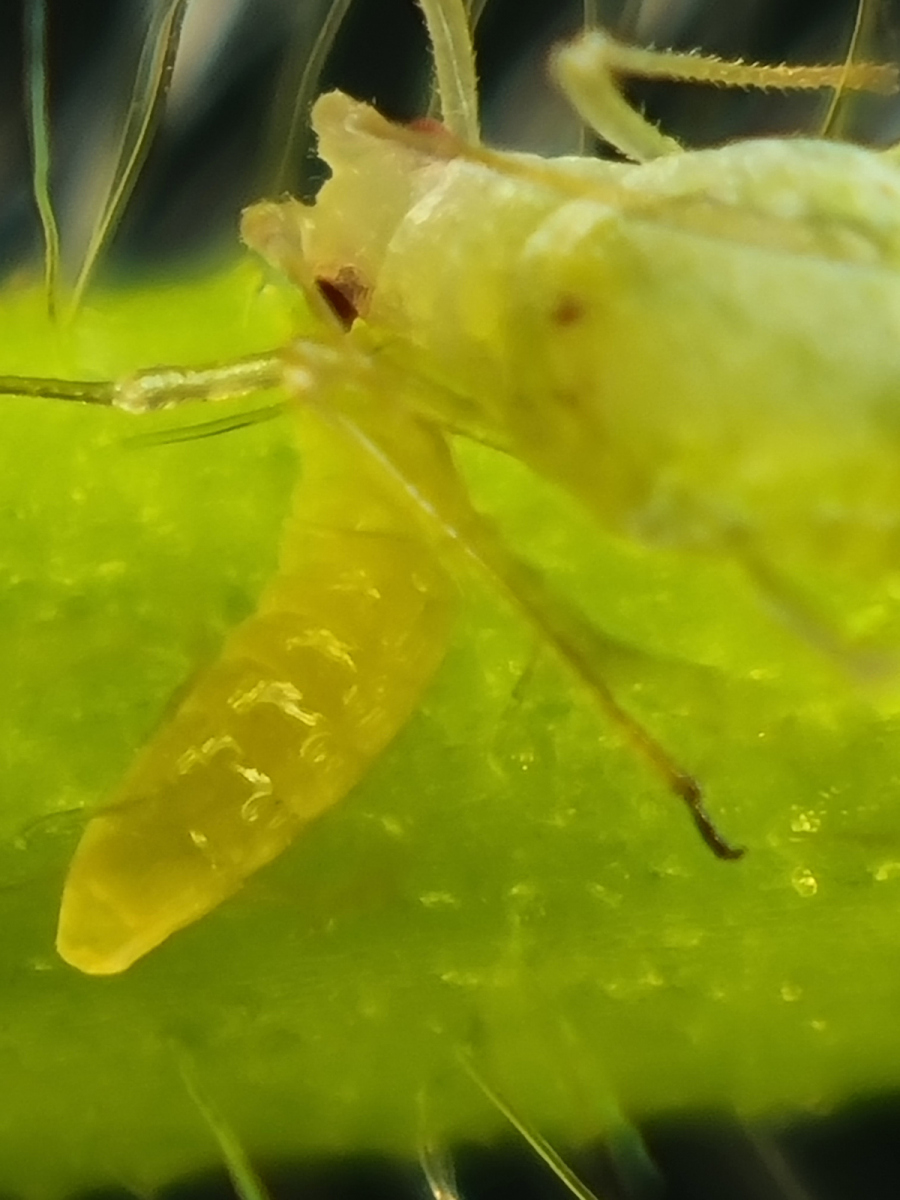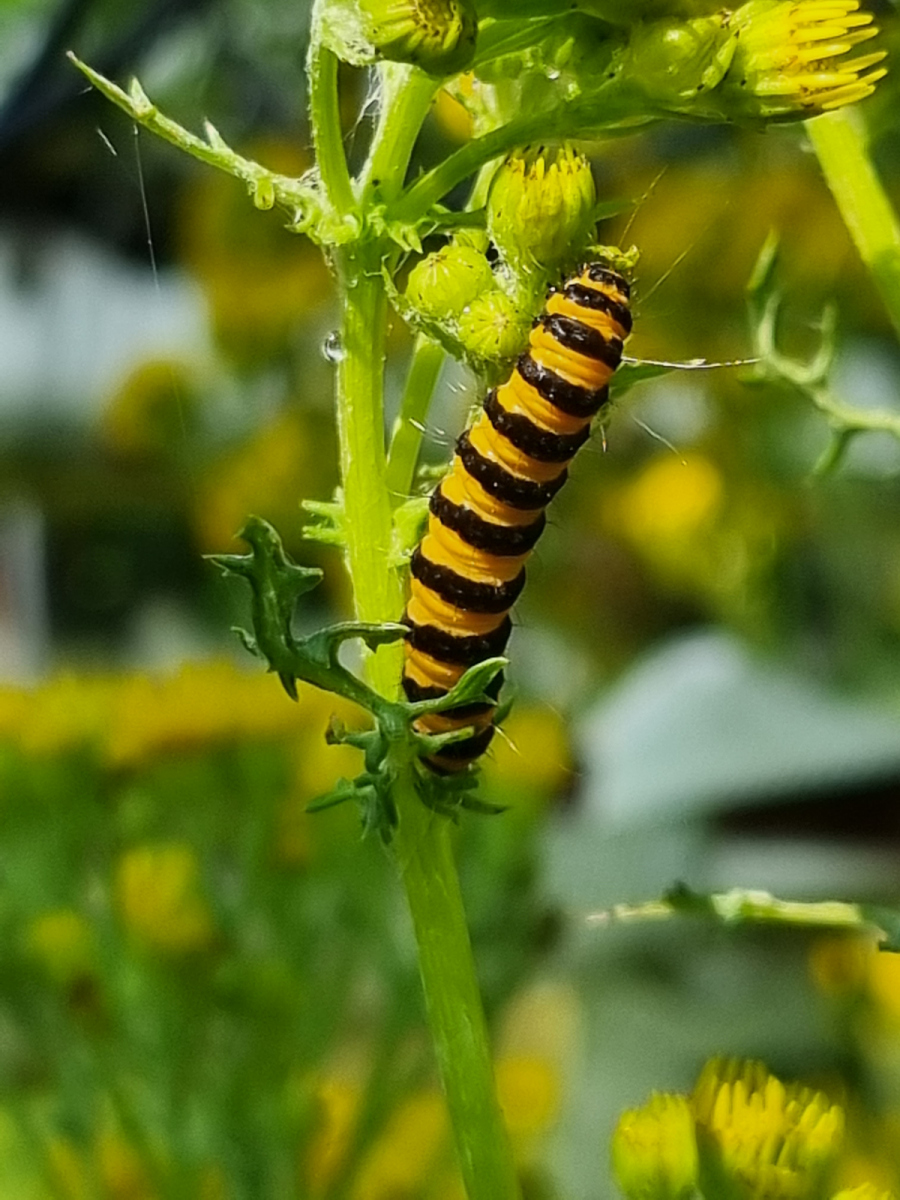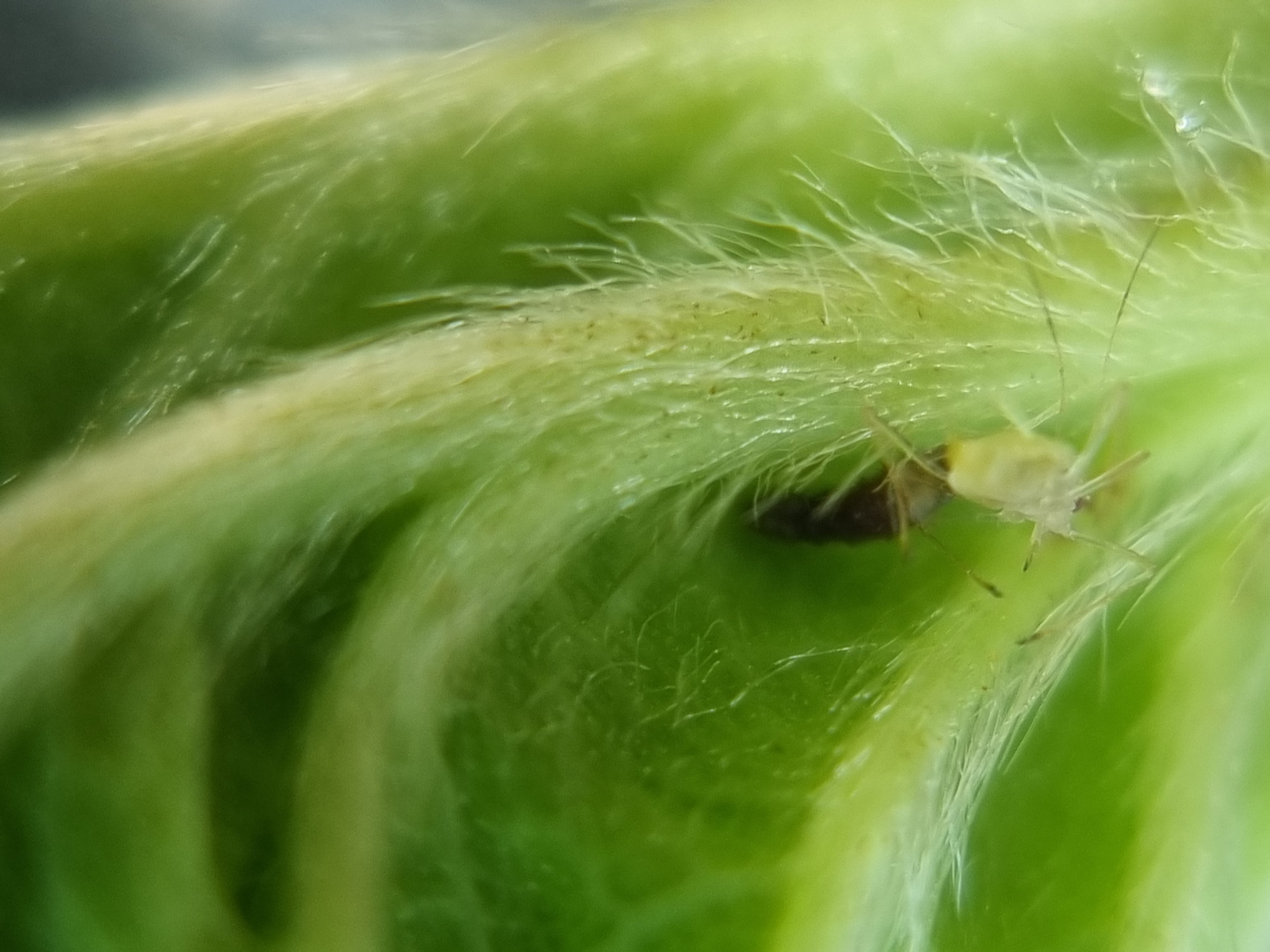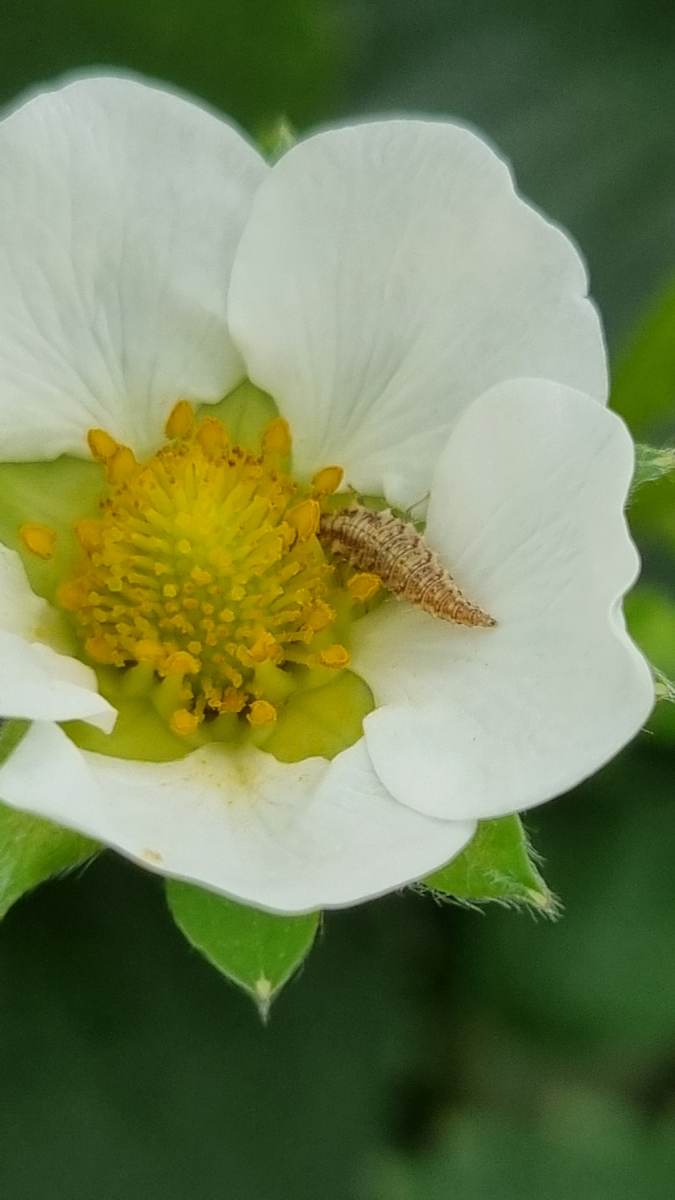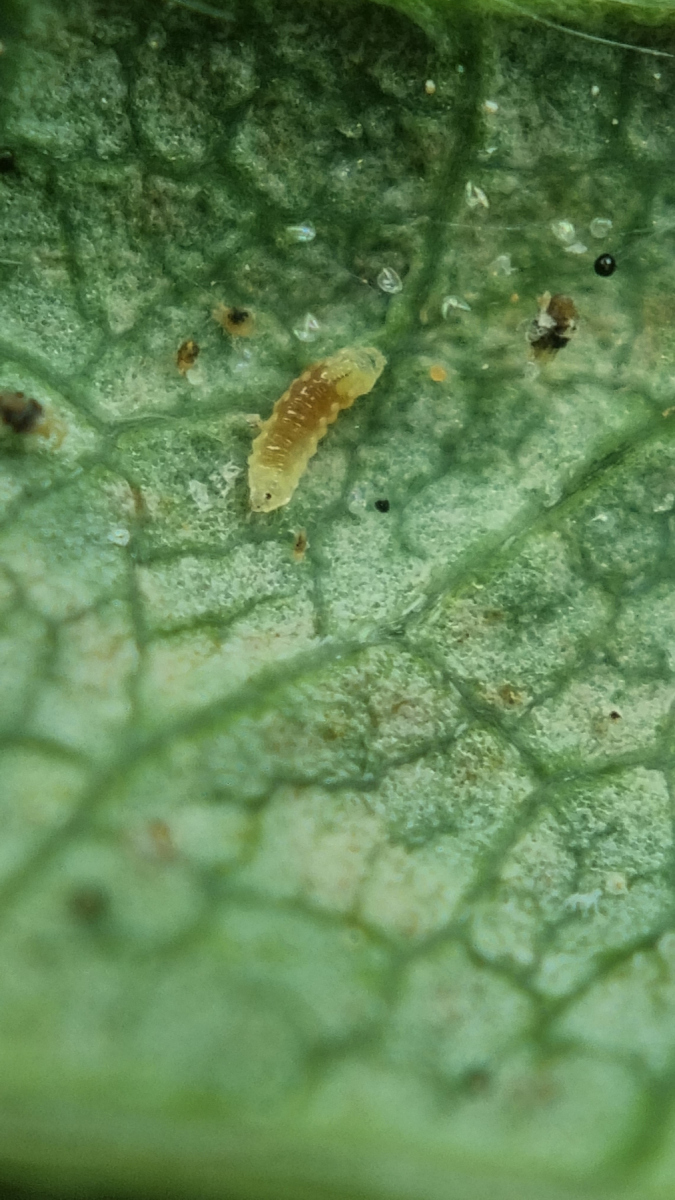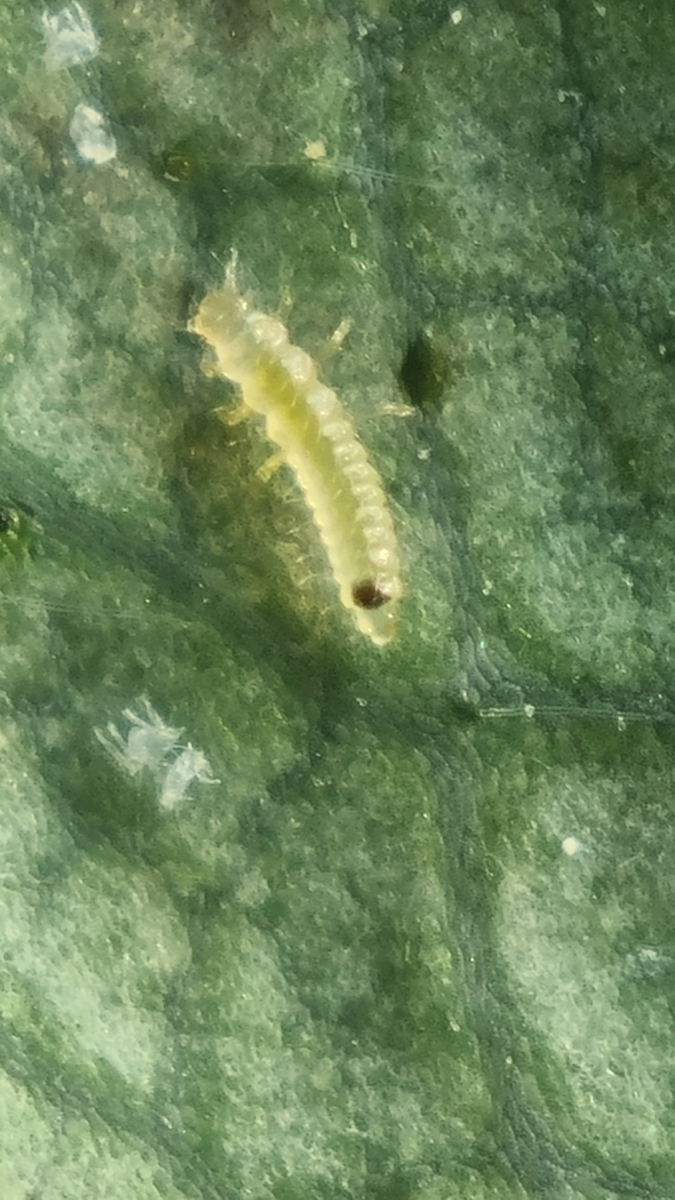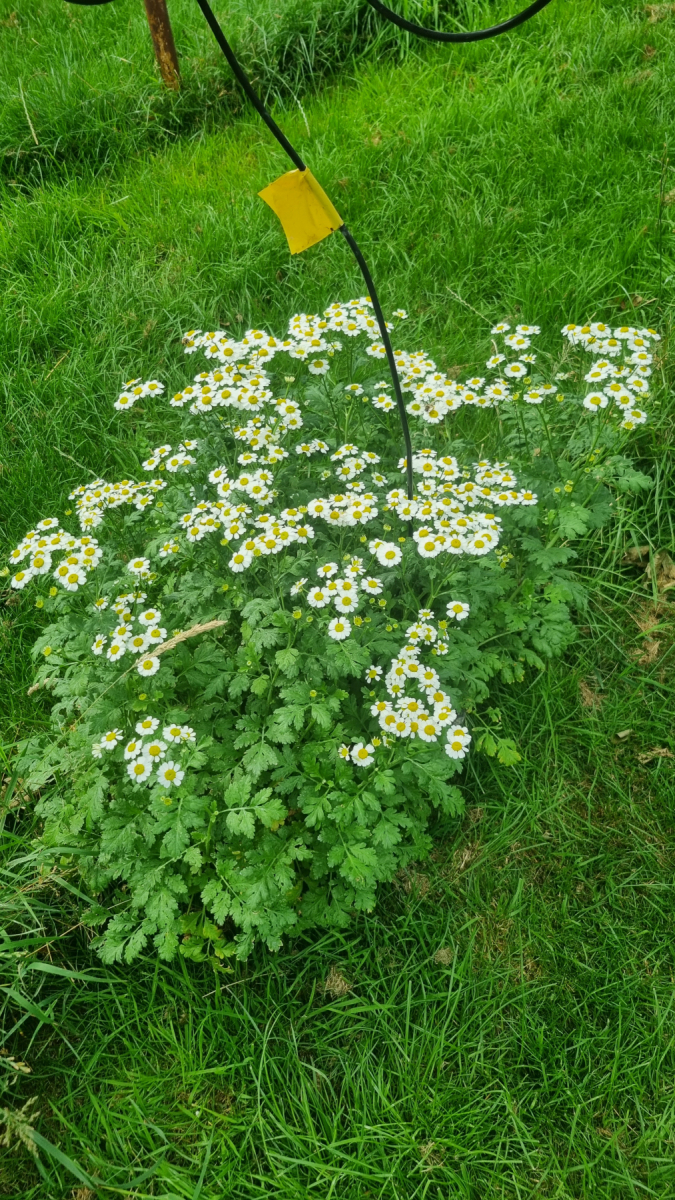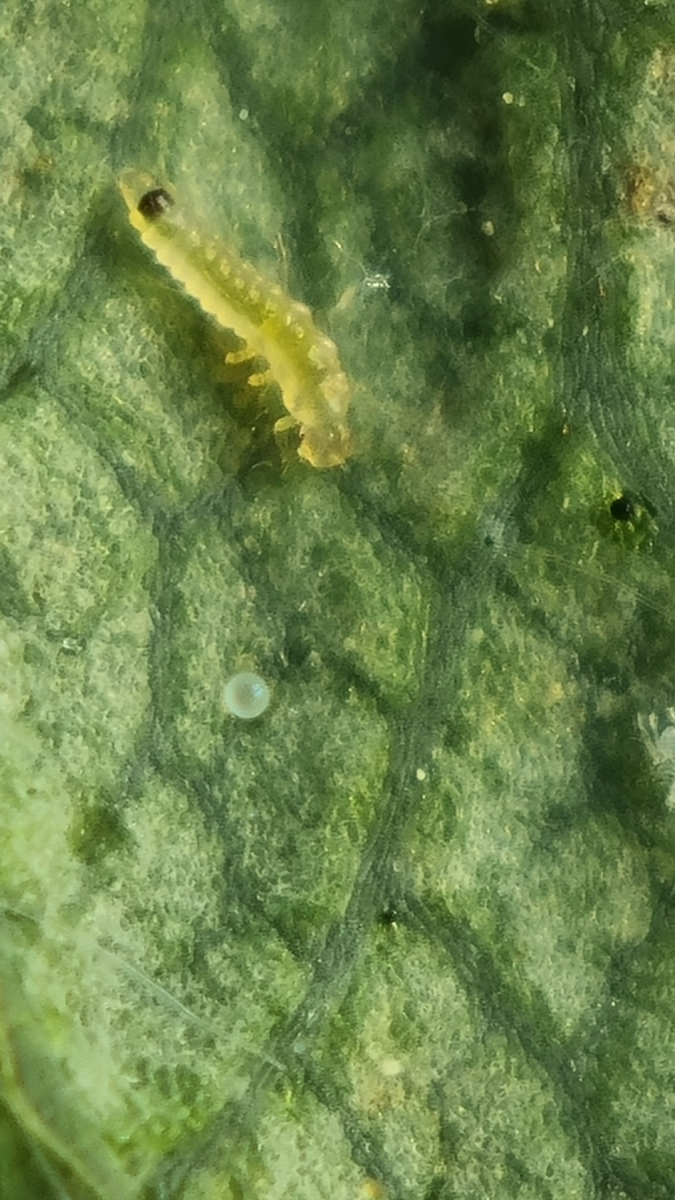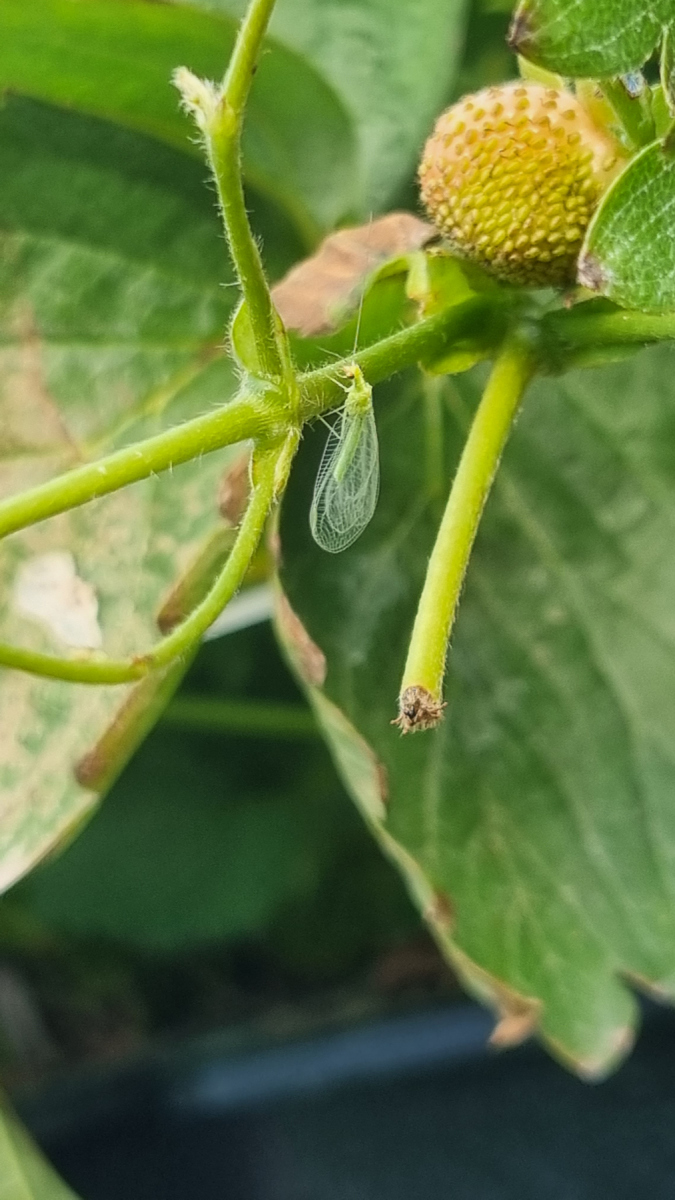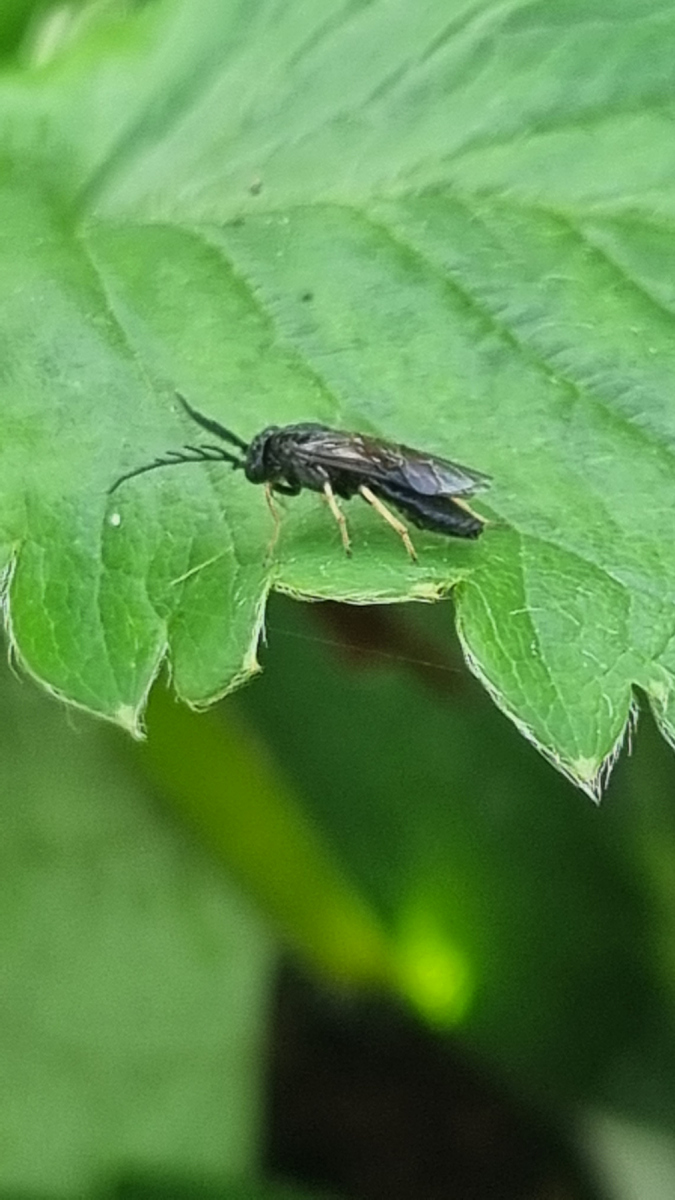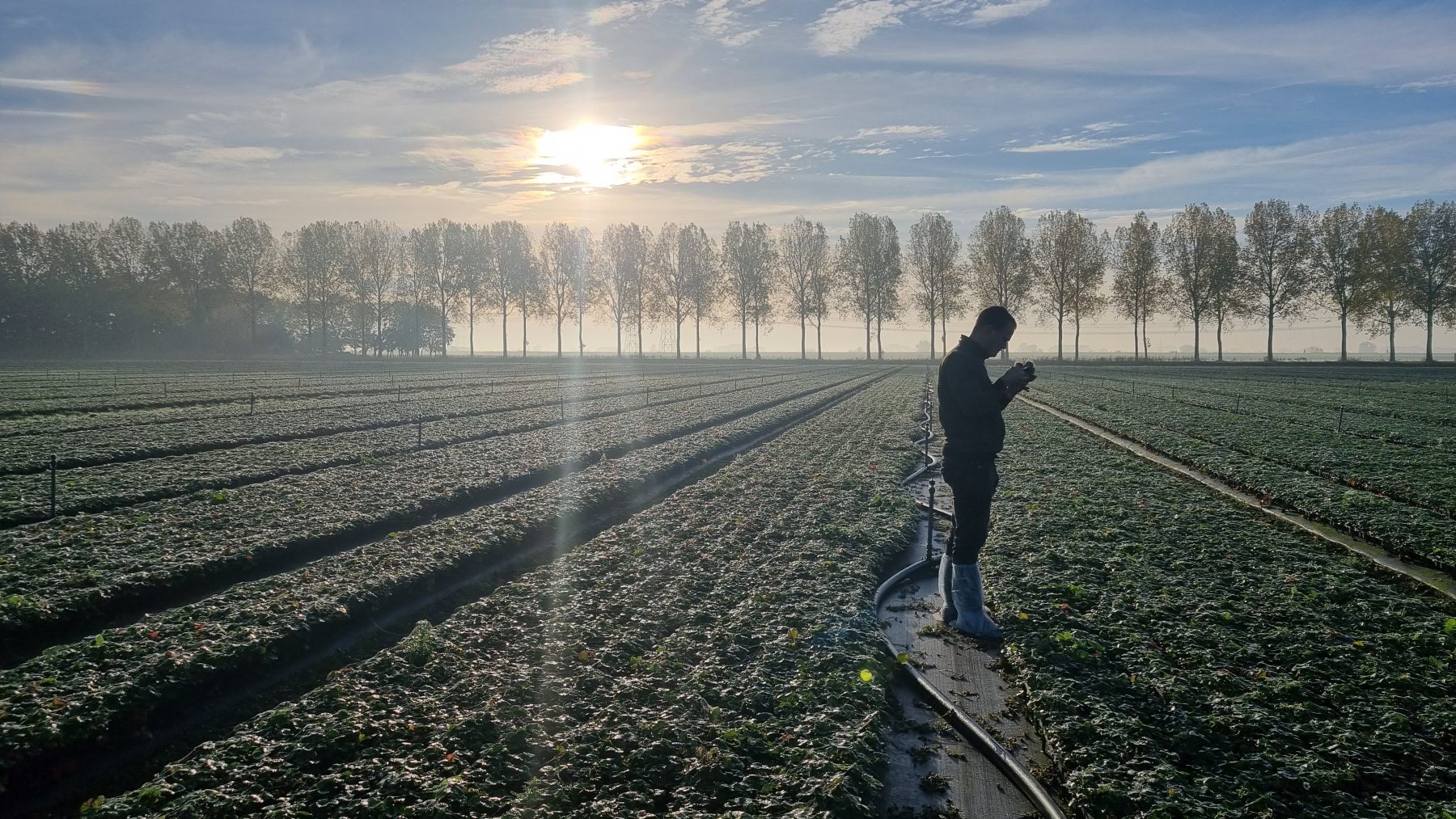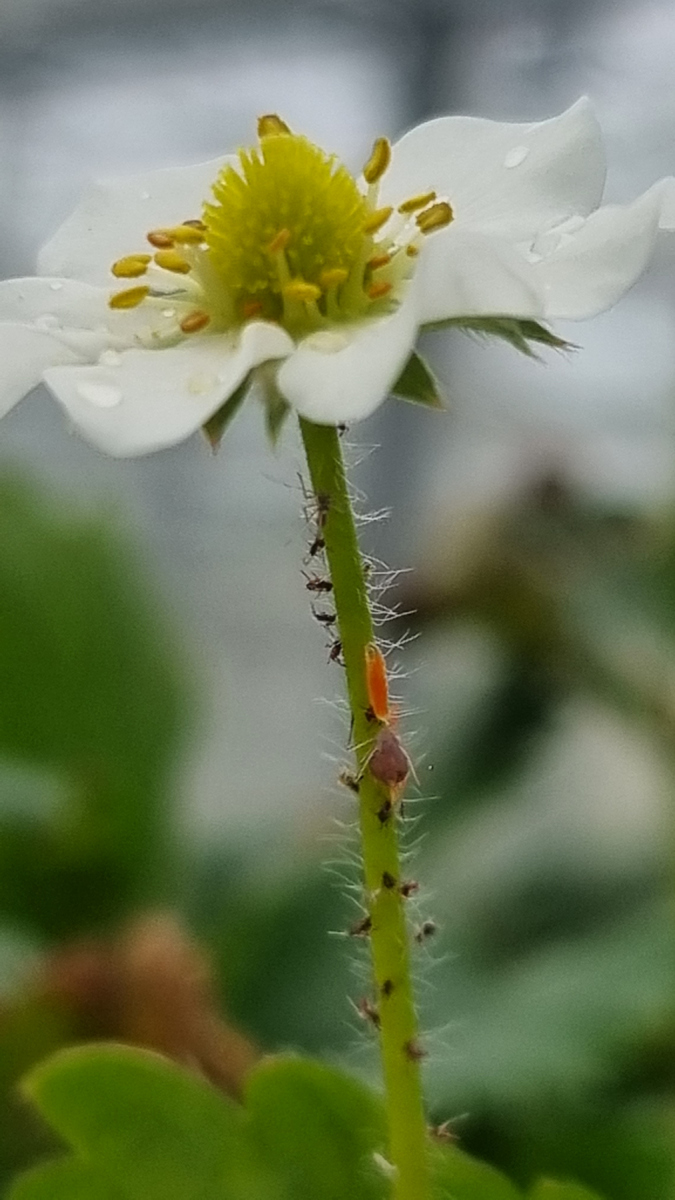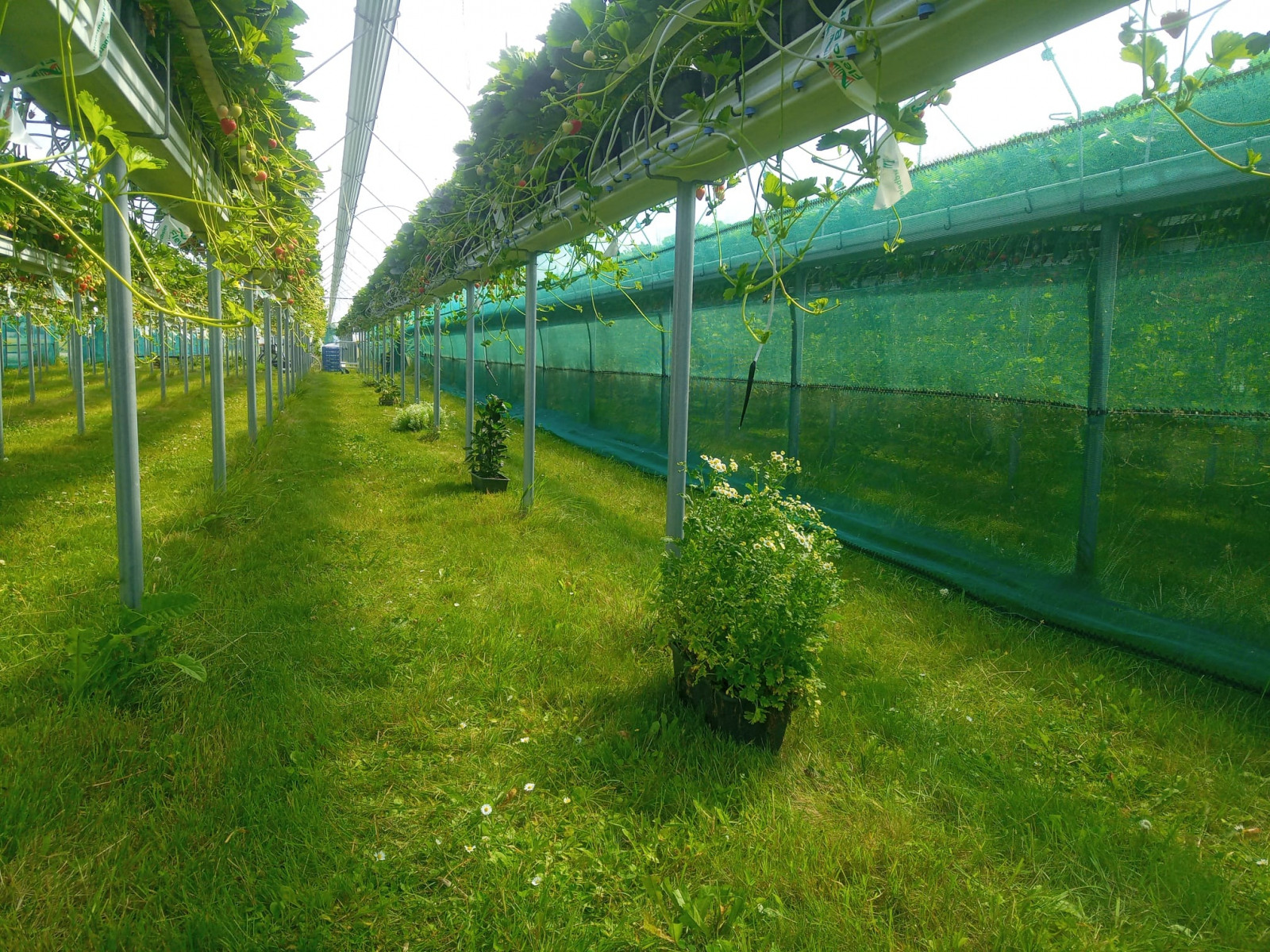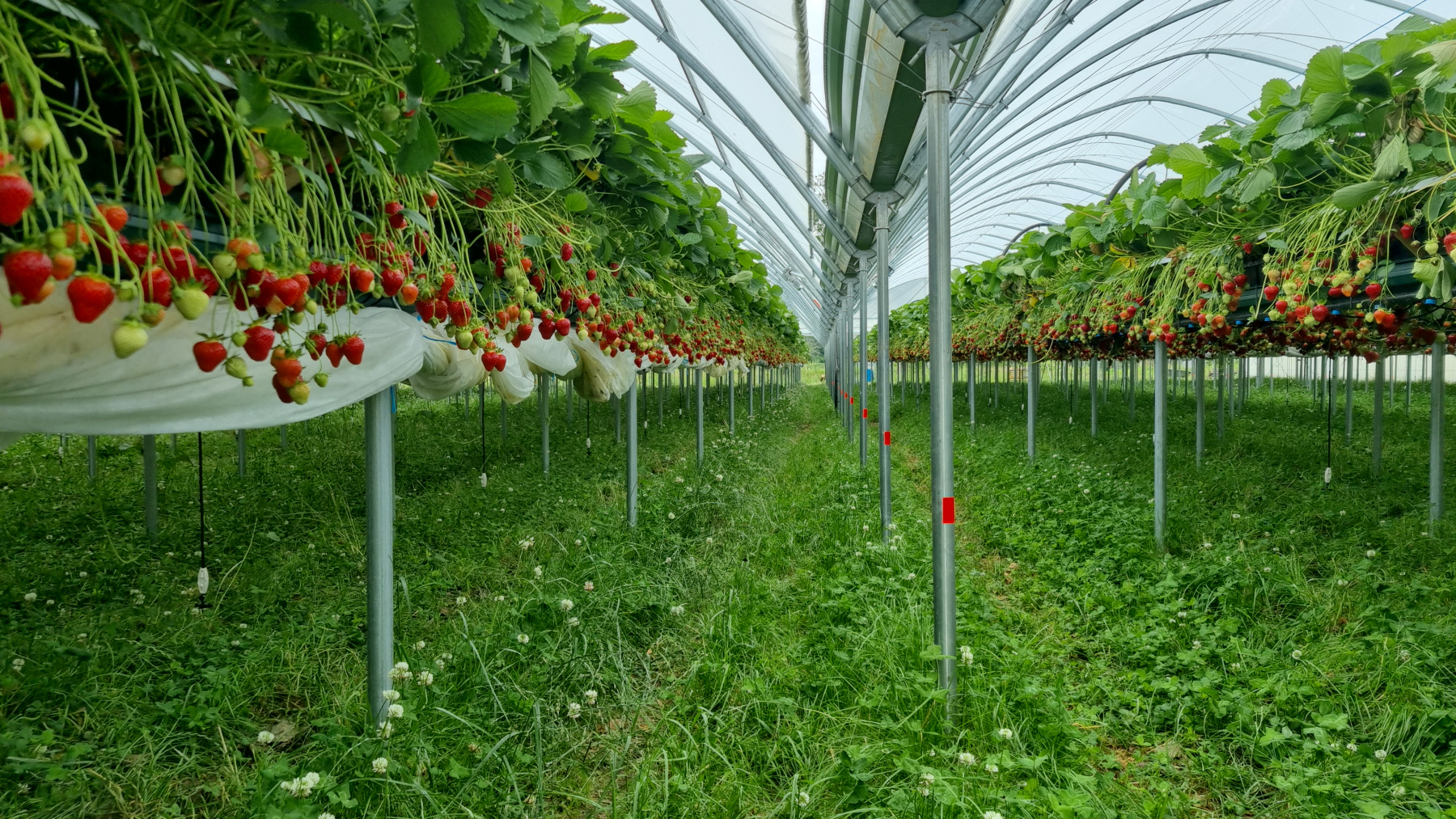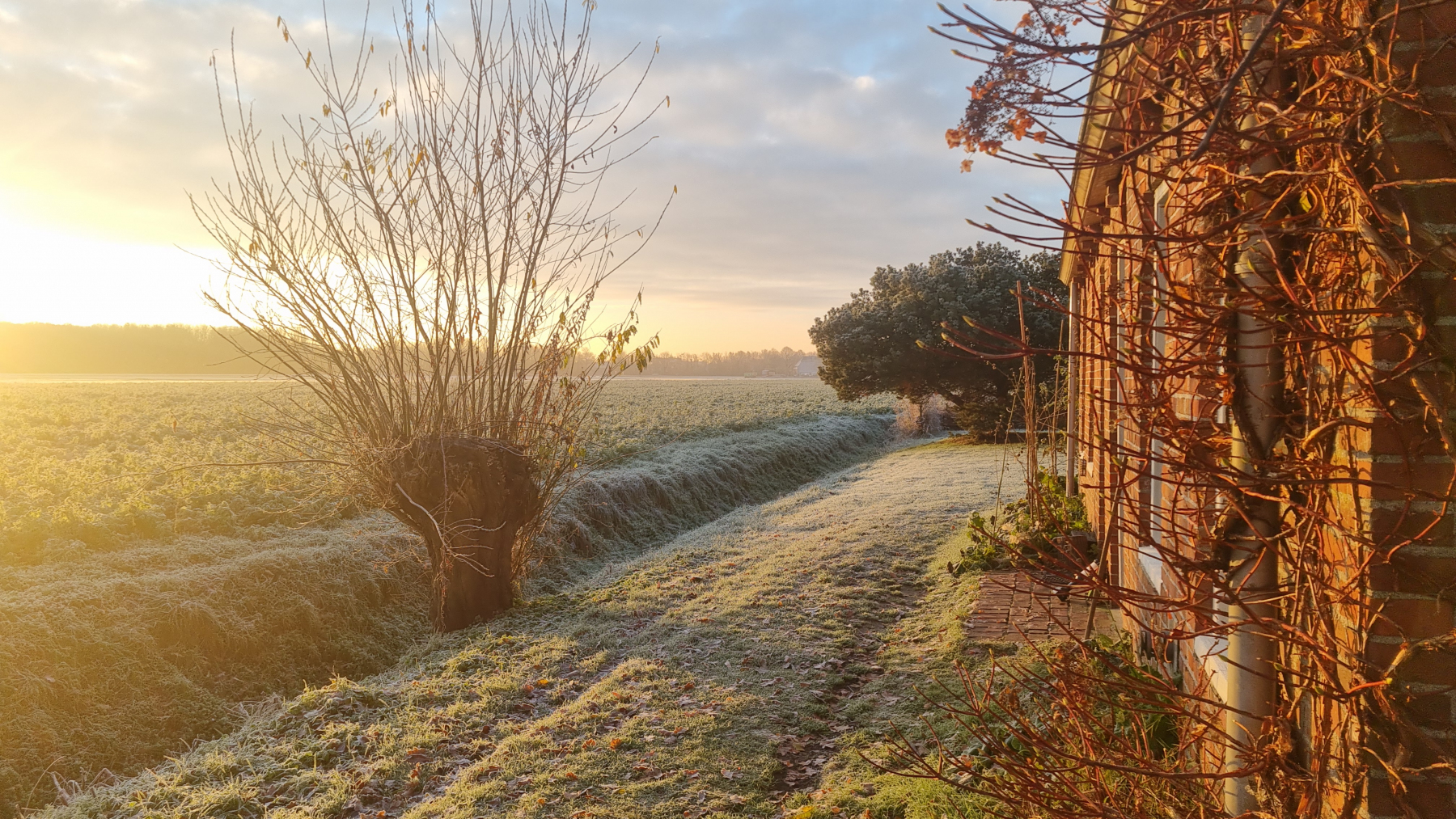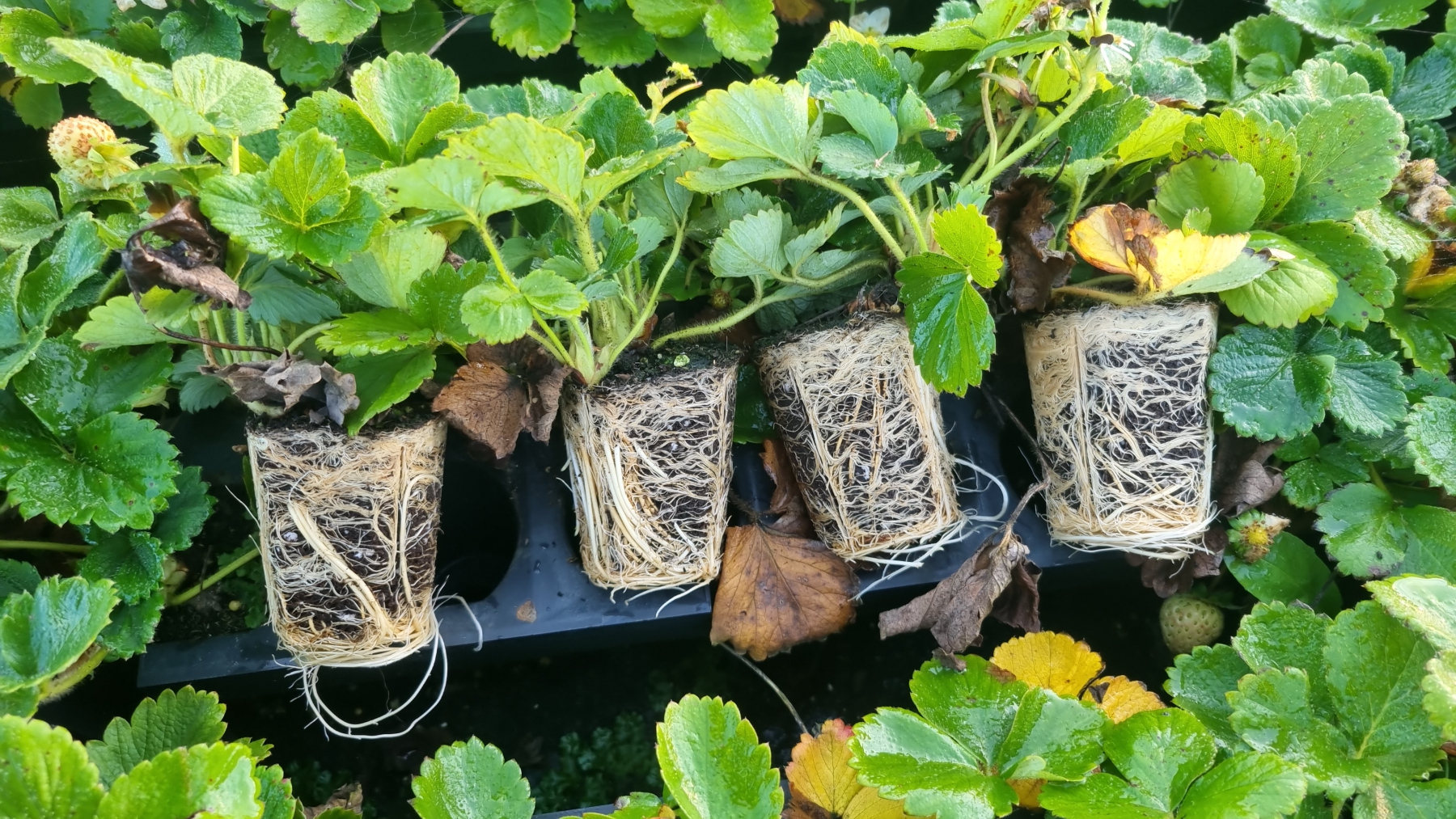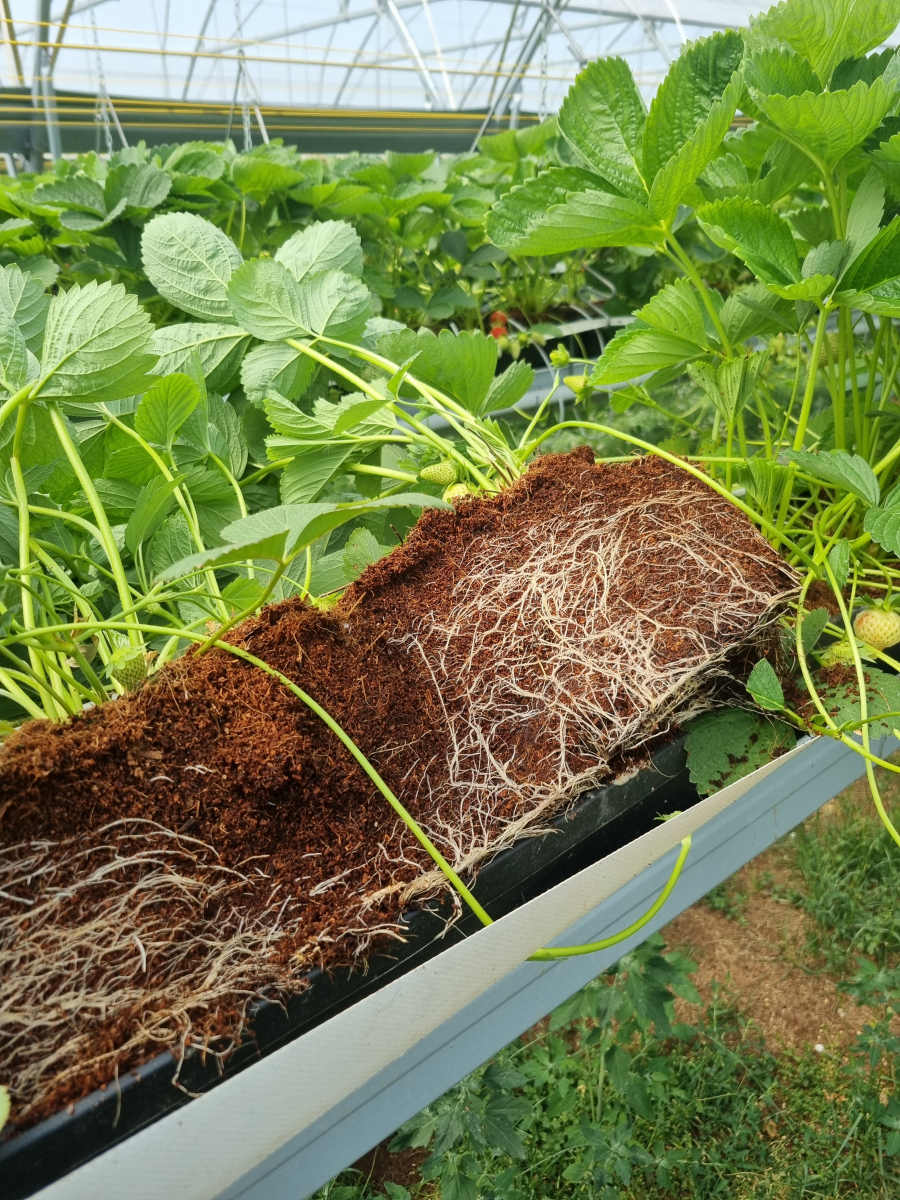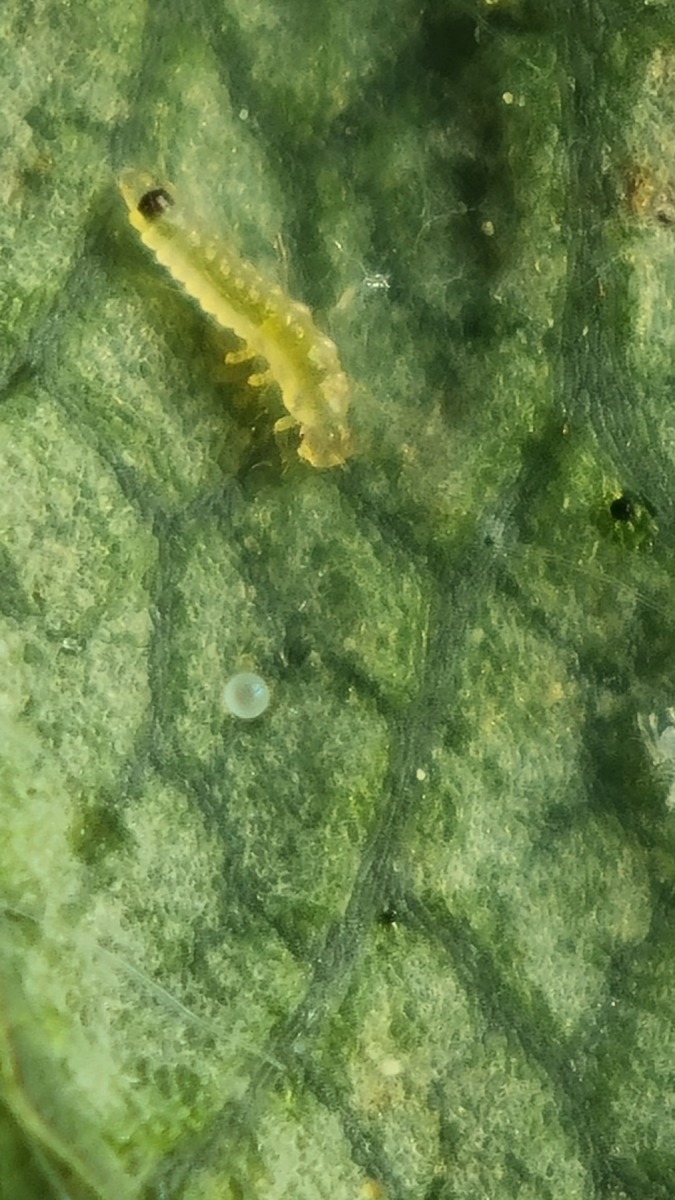“If they would be as big as an elephant, it wouldn’t be an issue. “
Because they are so small, hardly to see, they can cause big damage in the strawberries. Every year again there are issues.
This year i have seen already several crops with problems with strawberry mites.
Below some pictures, you can see the misshapen leafs and flower buds.
It is important to know that not all misshapen leafs and flower buds are the results of strawberry mites. Other sources are:
– growing circumstances (cold / fast growth / frost)
– aphids
If you want to know if it is from strawberry mites, a check of the young leafs under a microscope is needed in order to determine the mites.
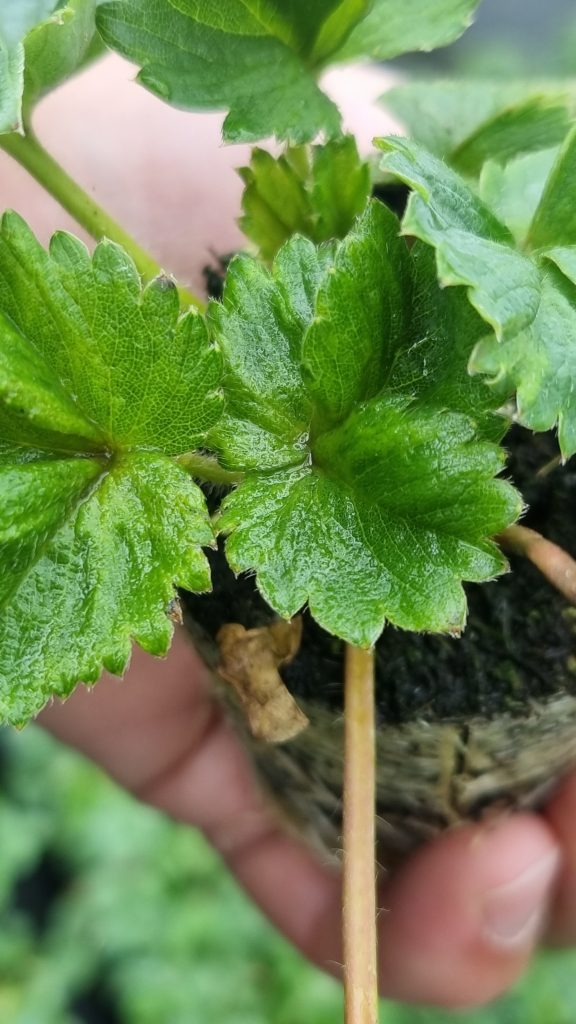
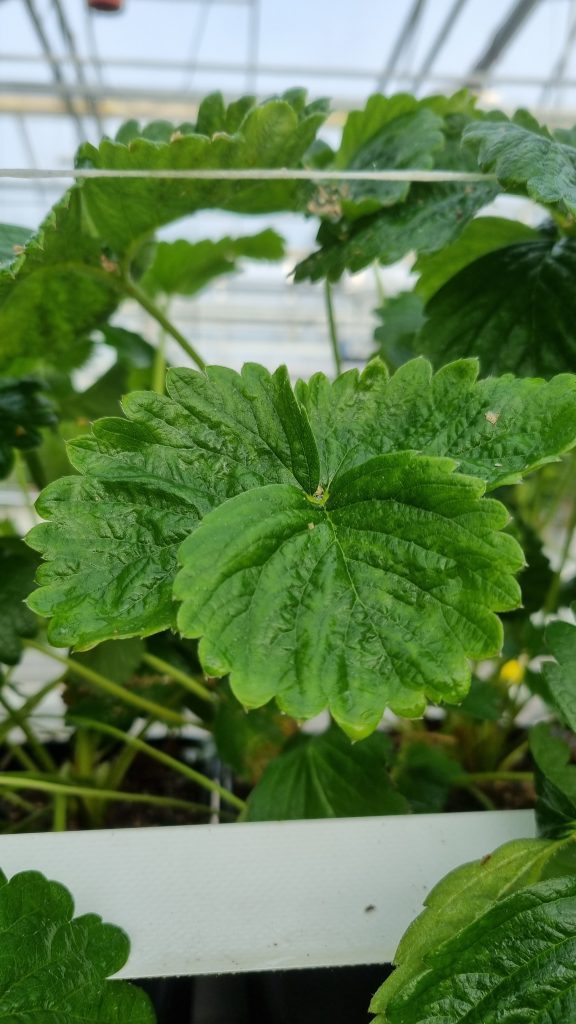
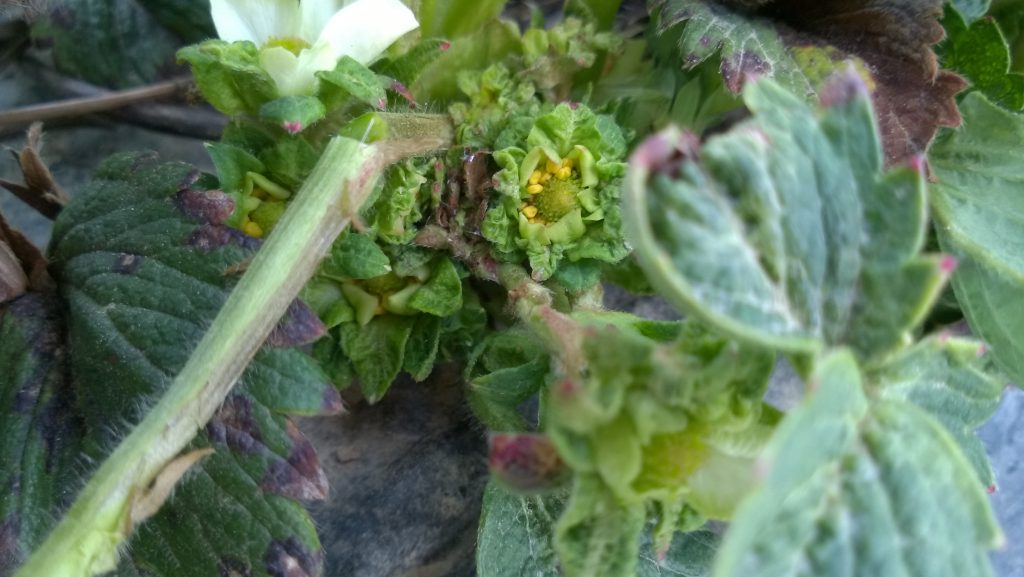
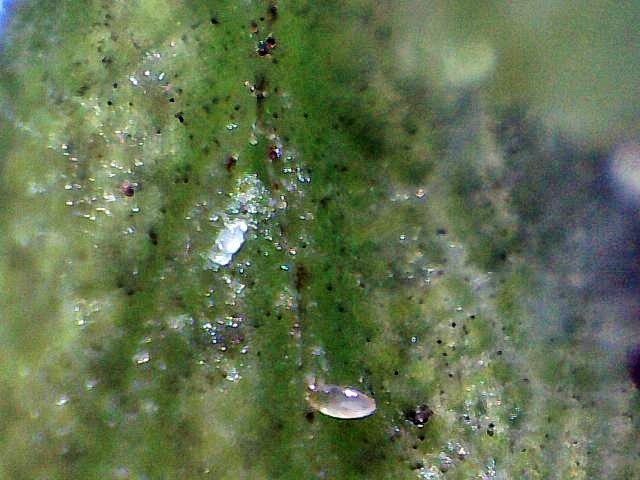
If you want to see them, you need a microscope with a magnification of at least 20 X.
The best place to spot them is between the very young not yet unfolded leafs. The eggs look like sand, larvae don’t have much color, adults are a kind of yellow/brownish.
Treatment.
There are several chemicals that might work, just if we could get them in place. Because they are hidden in the hard of the plant max 70-80% of the mites can be reached.
The best results are achieved with a mix of chemical and biological:
1- treatment with abamectine + wetting agent, with quite a lot of water. Goal is to reach the hard of the plant. (spray abamectine always during low radiation (evening), as it breaks down quite fast under high UV circumstances)
2- repeat after 7 days
3- after 10 days place predators (loose, not in sachets): Amblyseius Cucumeris 100-200 pcs/lm and or Andersoni 50-100 pcs/lm
4- after 7 days place predators (loose, not in sachets): Amblyseius Cucumeris 100-200 pcs/lm and or Andersoni 50-100 pcs/lm
Prevention propagation
Strawberry mites cannot handle high temperatures and low humidity. In Hungary we have very good experience with high temperature treatment right after sticking the runners. Right after sticking the runners 100% humidity is needed for the runners to root. In that time of frequent misting in the first week, if the temperatures go up till 50oC there are no strawberry mites, as well as spider mites, aphids etc left.
Normally it is a goal to reach that temperature of 50oC with 100% humidity, in order to have completely clean plant material. Recent research even showed that viruses seem to be killed at those temperatures.
Take care, following items are important:
– 100% humidity (normal misting: 1 minute + 5-10 minutes pause)
– temperature goal 0,5-1 hour/day: 50oC
– radiation max 400-500 watt (shading needed)
